Toledo, the Imperial City of Three Cultures
- AMCL Schatz
- Aug 5, 2023
- 7 min read
Toledo is the capital of the autonomous region of Castille-La Mancha. It is only 70 kilometers from Madrid, that’s why I did not think twice about visiting. I had always wanted to go there. In my imagination, Toledo appears as a colourful backdrop of medieval castles for richly-adorned knights riding atop their majestic horses.
The day tour that I booked began with a comfortable coach ride. About three quarters of the bus was full, mostly solo travellers like me. It was just funny that twenty minutes into the ride, the tour guide announced that we were making a pit stop at a tourist centre, where there were washrooms, a café, and a souvenir shop. I personally did not think that this stop was necessary, but this is part and parcel of the tourism industry. Certain tour companies have mutually-beneficial partnerships with certain business owners for profitable enterprises. And true enough, the parking lot at this place was filled with tour buses and coaches.
Since we were brought there, I bought some snacks and checked the souvenir wares. The shop was big but most of the merchandise were the usual touristy items – magnets, keychains, bottle openers, spoons, mugs, tea towels, t-shirts, hats, and the like. There were some Toledo products but they were the commercial versions of swords, armours, and other “knightly” paraphernalia. I did not buy anything because I thought the prices were too high, even for the magnet that I would like to get for our collection. I told myself I could probably find better quality and better-priced items in Toledo.
We knew we were approaching the city when we saw the imposing equestrian statue of King Alfonso VI of Castile. Also known as El Bravo (The Brave), he became king of Leon and of Galicia, and then of the reunited Castile and Leon, after which, he also conquered Toledo.
But this was just an opener. I was genuinely mesmerized when I saw the magnificent walled city dramatically situated atop a gorge overlooking Rio Trajo (Tagus River). It was like looking at a postcard.
We approached the oldest city gate built by the Moors in the 900s known as La Puerta de Bisagra Antigua and replaced by the nearby and much grander La Puerta de Bisagra Nueva, a triumphant arch flanked by two defensive towers with a huge relief of the city’s coat of arms.
We, however, did not enter that gate. Instead, our coach parked outside, and from the side of the parking lot, our tour guide led us to the escalators that took us up the hill. They have escalators!
I was quite impressed with how the escalators were built. This modern transport method was deftly melded into the ancient walls. Instead of constructing one long escalator that could very well be an eyesore, the architects planned six differently-angled ones covered by sloping roofs that blended with the stones. More so, they had eye-level openings that provided a view of the river below as one slowly makes an ascent. It was a brilliant idea, for not only do these escalators provide easy access to the city, especially for those who are unable to traverse the narrow, cobbled streets, but they sinuously and inconspicuously wind their way through and behind the ancient walls.
It was only when we reached the top that I was able to soak in all the wonderful sights around me – Gothic cathedrals, horseshoe-arched mosques, Shepardic synagogues within blocks of each other. It is truly a “city of three cultures.” In fact, in the Middle Ages, it was said that Toledo was a city where Christian, Muslim, and Jewish communities peacefully co-existed. And if one looks closely, some of the structures also show evidence of their Roman and Visigoth roots.
Our first stop was the 13th-century Catedral de Toledo, the centre of the city perched on a hill in the Old Quarter, and is a fine example of High Gothic architecture in Spain. It was built on a mosque, which in itself was built on an older 6th-century church. This is a testament to how the city was ruled alternately by different religious dominions.
Its interior boasts of rose windows, flying buttresses, ribbed vaults, pointed arches, and a veritable gallery of art work by old masters such as Velasquez, Goya, and El Greco. But the highlight is the main altar piece with painted wooden sculptures depicting scenes from the life of Christ and the Blessed Mother and the Custodia de Arfe in the church’s treasury, which is a 16th-century processional monstrance made of pure gold and silver and bristling with 260 statuettes.
Next, we walked to the Iglesia de Santo Tomé, which was also once a mosque as evidenced by its exquisite Mudejar tower with its scalloped arches. Our guide said that it still has the stonework from the original minaret. Inside is a blend of Gothic and Moorish designs with two Baroque altars and a 12th-century baptismal font. But what we came to see there was El Greco’s Renaissance painting called, The Burial of the Count of Orgaz, commissioned for the church in the 1580s and inspired by a legend in the beginning of the 14th century.
Apparently, at the burial of the "Count of Orgaz," named Don Gonzalo Ruiz, a pious horseman and philanthropist, Saint Stephen and Saint Augustine descended from heaven and buried him with their own hands in front of all those present at the funeral. The massive painting, divided into two sections – heaven above and earth below – employed two distinct styles to depict the difference between the two realms. The art piece became popular in its time because not only did it feature Biblical characters, but also notable men cast as the mourners, including El Greco himself, and his son, Jorge Manuel.
To appreciate more of El Greco’s work, we went to the El Greco Museum located in the Jewish quarter. It is a 16th-century house with a courtyard and beside it is an early 20th-century building with a garden. The house recreates the home of El Greco, while the newer building houses the museum. Inside are many of his late period art work, along with paintings from 17th-century Spanish artists. There were also sculptures, pieces of furniture, textiles, decorative art pieces, and pottery work.
We also went to the Victorio Macho Museum, part of the Royal Foundation of Toledo, located on a unique promontory that overlooks the Tagus River. Macho is a renowned 20th century sculptor, whose style is influenced by Art Deco.
The small museum, which was his former home and workshop, displays his self-portraits, portraits of famous personalities, sketches of major monuments, male and female nudes, reliefs, and scale models. There was also a crypt and a garden that provided a beautiful panoramic view of Toledo and the country homes along the river.
I found his sculptures to be very striking, most notably, La Madre (The Mother) and El Hermano Marcelo (Brother Marcelo) whose somber expressions quietly evoke some kind of penetrating and peaceful sorrow, if that makes sense.
Our next destination was the Monasterio San Juan de los Reyes, a 15th-century Franciscan monastery and church provocatively founded in the heart of the Jewish quarter by King Fernando II and Queen Isabella I. It was built to celebrate the birth of their son Juan, to commemorate the victory against the Portuguese army in the Battle of Toro, and to serve as their mausoleum. But they ended up being buried in Granada.
The highlight of this structure is the two-tiered cloister, whose downstairs design is Gothic, and the upstairs one, Mudejar. It features superb statuary and elaborate arches, vaulting, pinnacles and gargoyles surrounding a lush garden. The building’s granite façade features chains and manacles that represent the Christian prisoners freed by these Catholic monarchs at the completion of the Christian reconquest of Granada.
Not far from this was the Santa Maria Blanca Synagogue, the oldest synagogue building in Europe, dating back to the 12th century. Because the Jews were expelled from Spain in the 15th century, this Mudejar-style building became a church, although no major renovations were made.
Eventually, it was used as a monastery, was abandoned, and became a warehouse for a company that manufactured bullfighting swords.
This was my first time to be inside a synagogue and I thought it was beautiful with its white octagonal pillars and its stucco chapiters decorated with pine cones, wooden ribbons and scrolls standing in contrast with the baked clay floor with ancient ceramic remnants.
This is the epitome of the fusion of the three major religions that existed within the city walls – it was constructed under the rule of the Christian Kingdom of Castile by Islamic architects for Jewish use. Currently, it is a museum and not used for any religious ceremonies. Though now owned and preserved by the Catholic Church, there is an existing petition from the Jewish community of Toledo to transfer building ownership and custodianship to them.
This is just one of the many examples of the harmonious combination of three cultures in this melting pot of faiths. As we navigated the ancient labyrinth of narrow streets, the haunting glory of its days as a kingdom of religious tolerance and cultural synthesis reverberated in every church, mosque, synagogue, or museum that we passed by. How I wished I had more time to see each and every building in this magnificent imperial city.
We had some free time to peruse the shops. I noticed that most of them specialized in swords and other bladed weapons, as well as armours and damascene work. They also offered leather products, ceramics, embroidered cloths, and chess sets with hand-carved figurines of Christian and Moorish soldiers. I wish I could bring home a set but it would be too complicated. Our tour guide said that once we exit one of the gates, we would be visiting a swordsmith’s workshop where we could also buy authentic local souvenirs to take home.
Our city tour ended at the Puerta del Cambron, one of the many gates around the city. This one is located near the west sector and was also known as the “Gate of the Jews.” It has two pairs of towers and two arches built of stone and brick and a sculpture of Saint Leocadia is displayed above the arch.
Photo Credits:
cultura.castillalamancha.es, viator.com, inspiration.detail.de, santotome.org, spainisculture.com




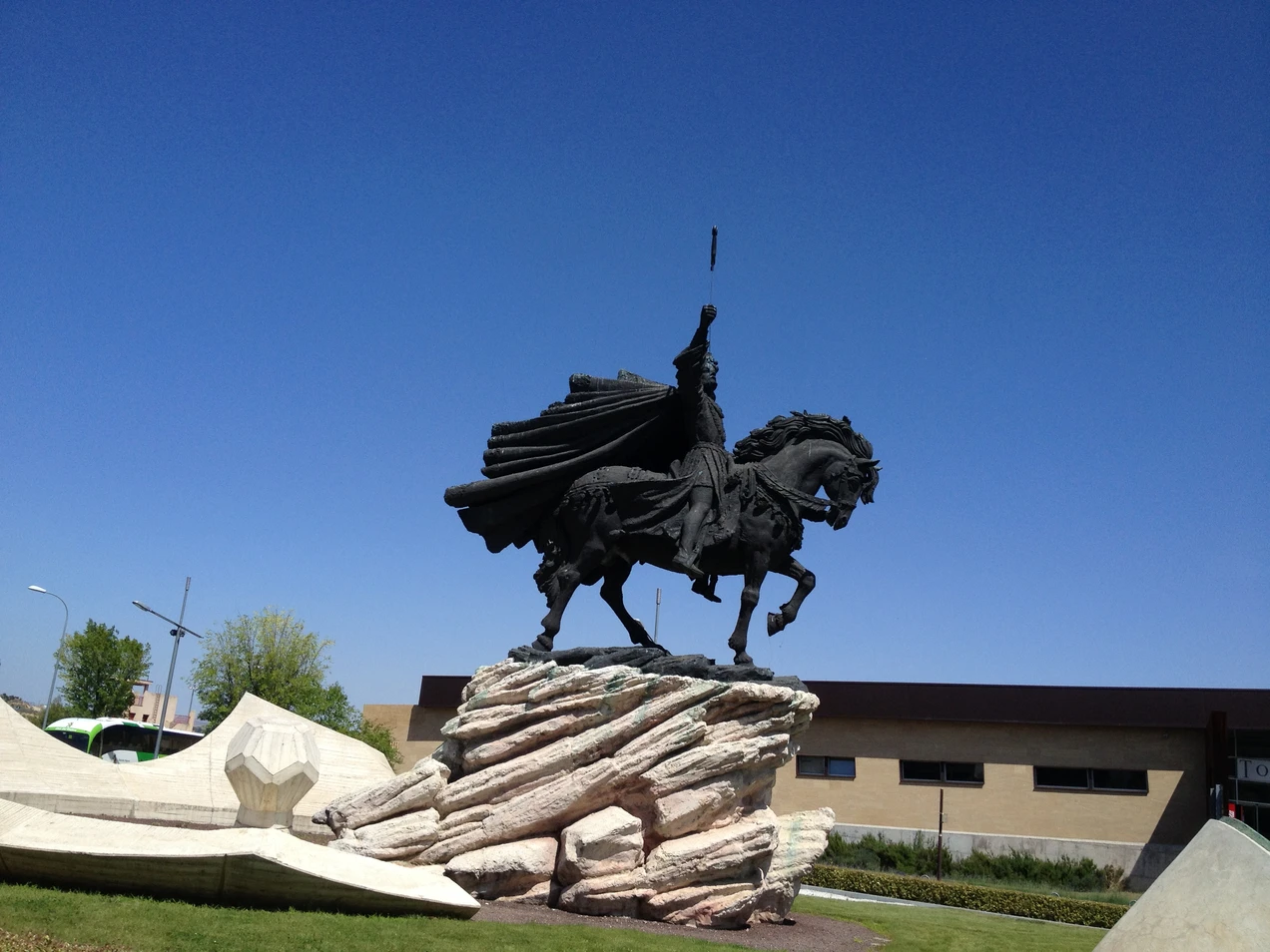
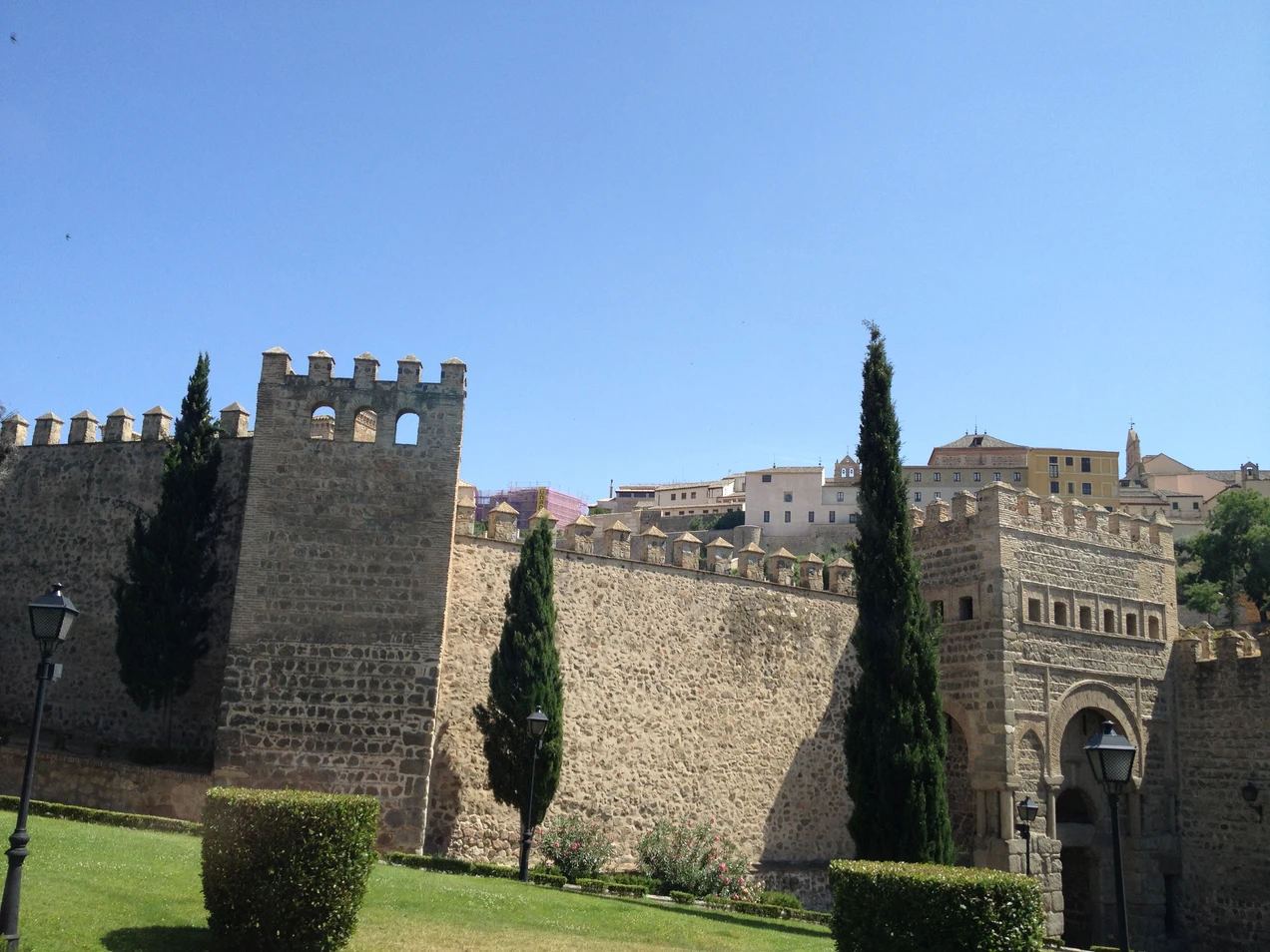


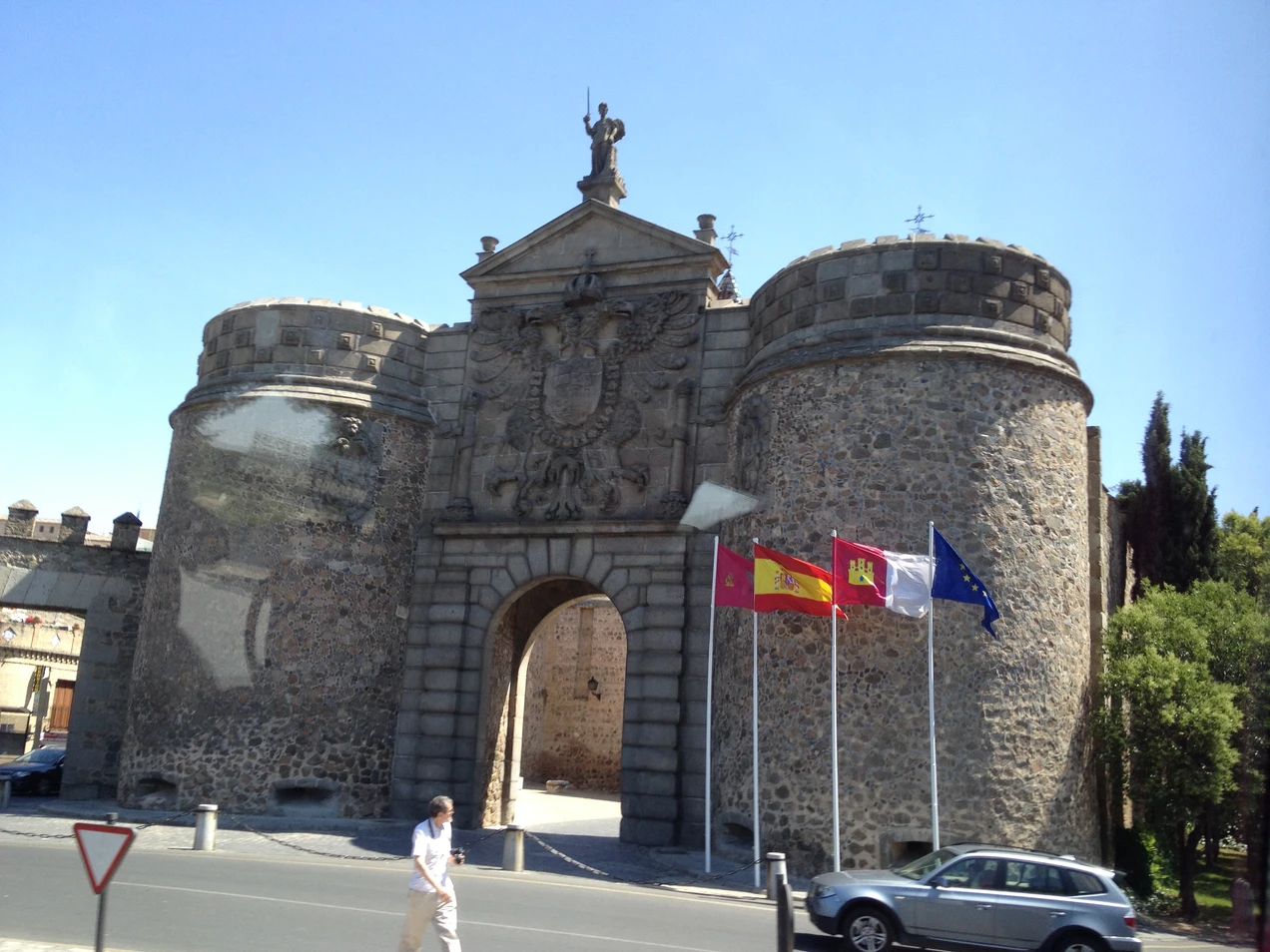


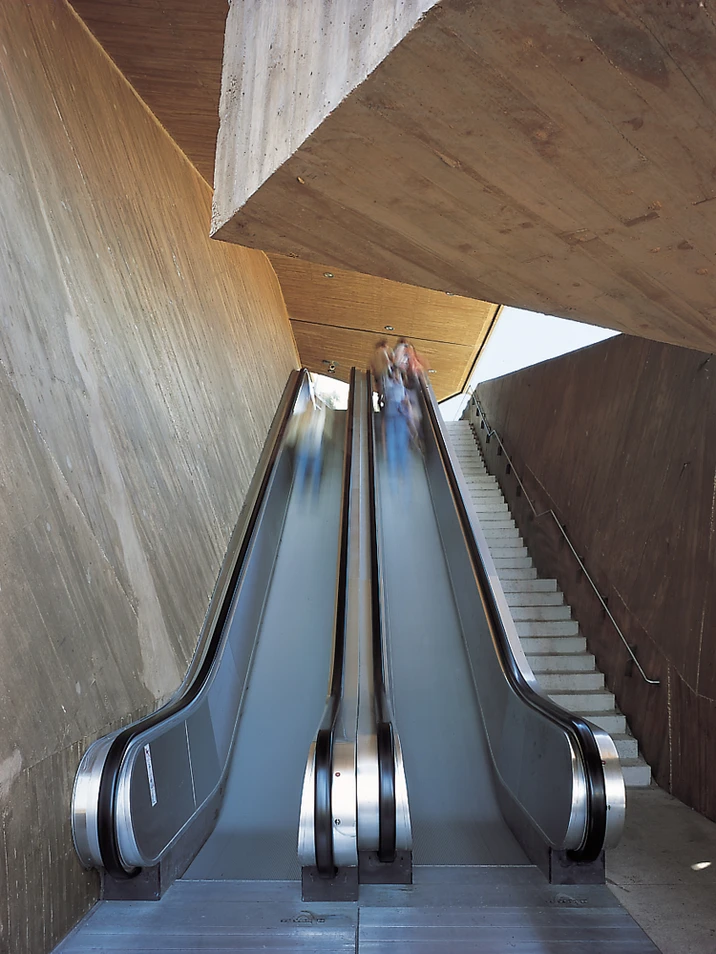


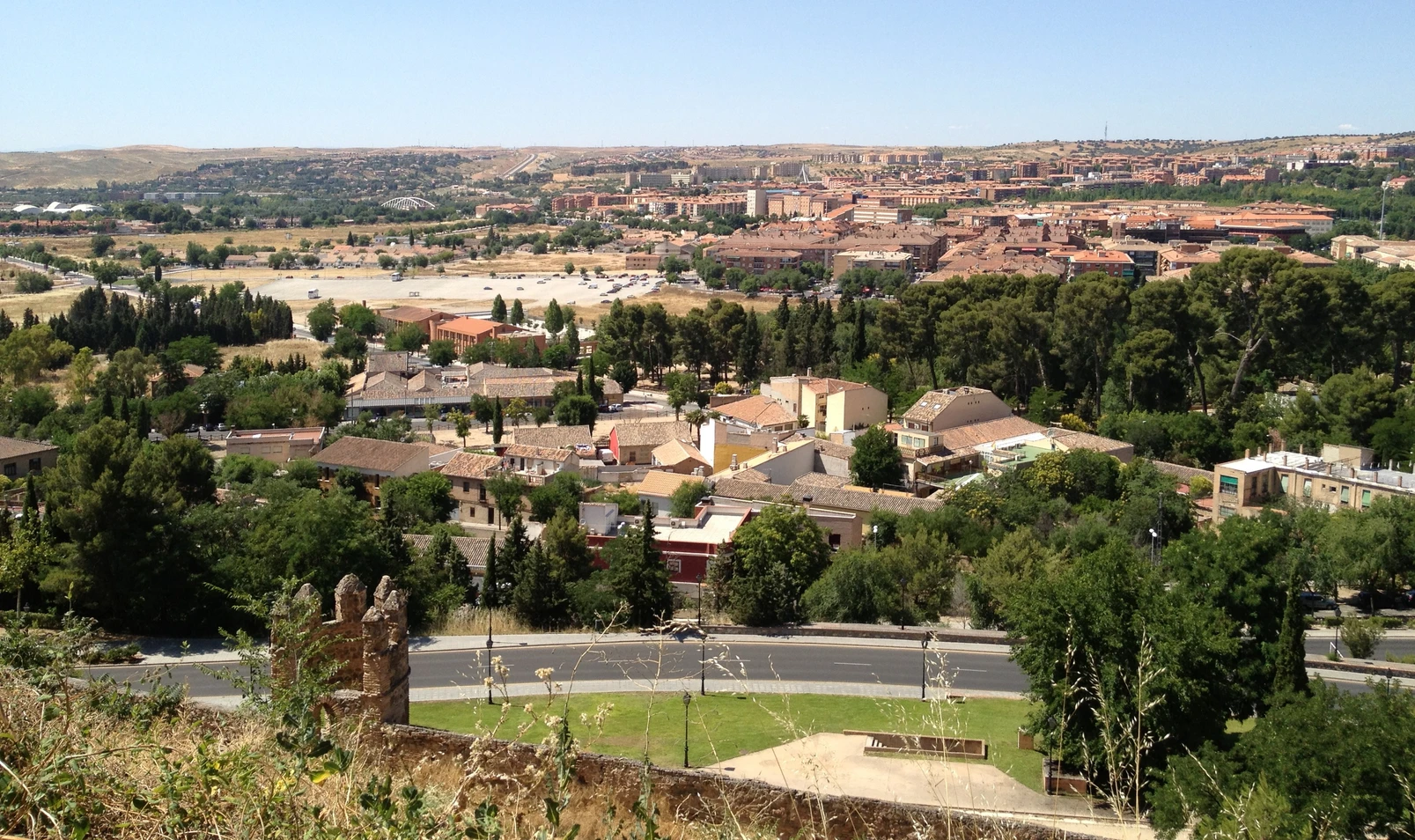
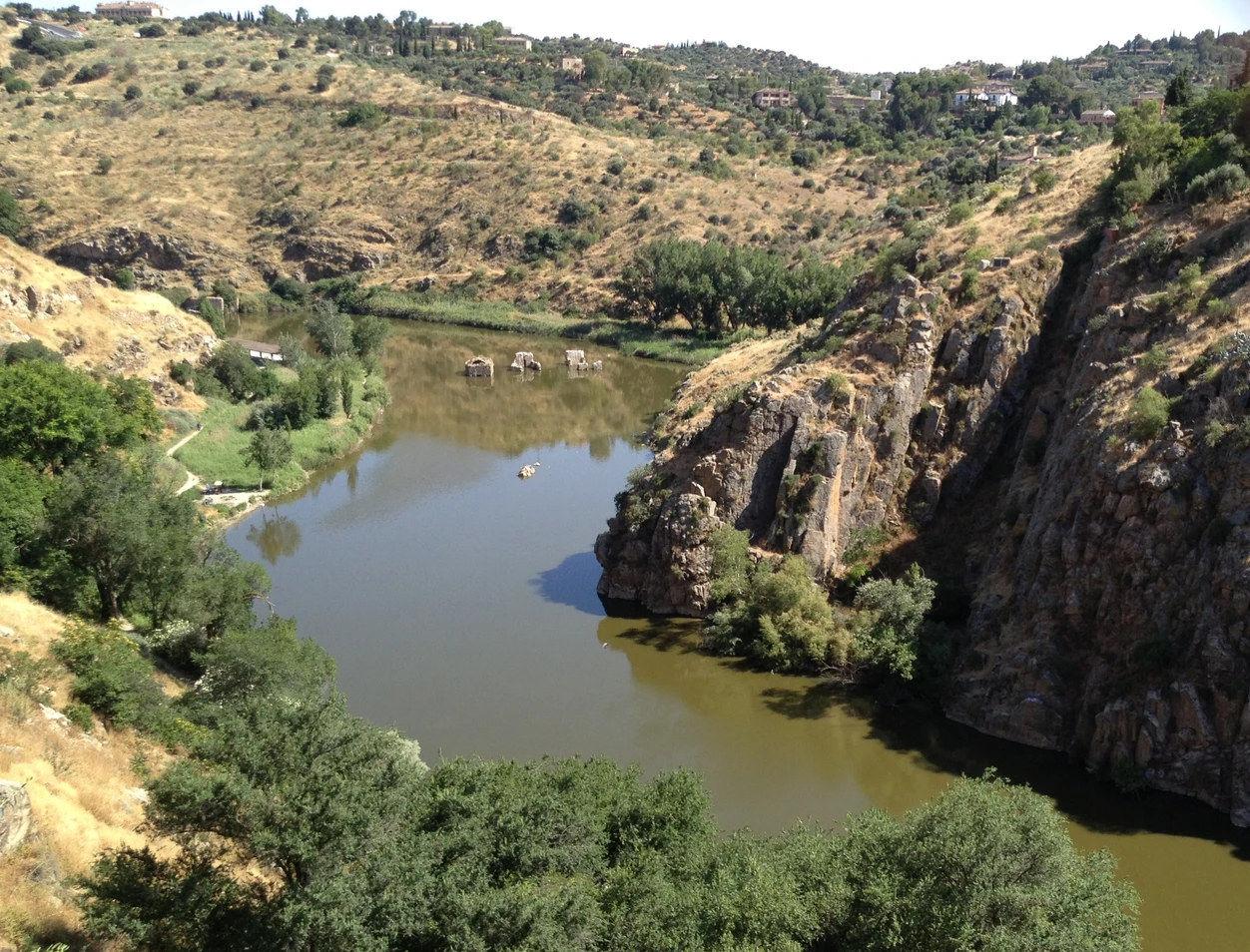
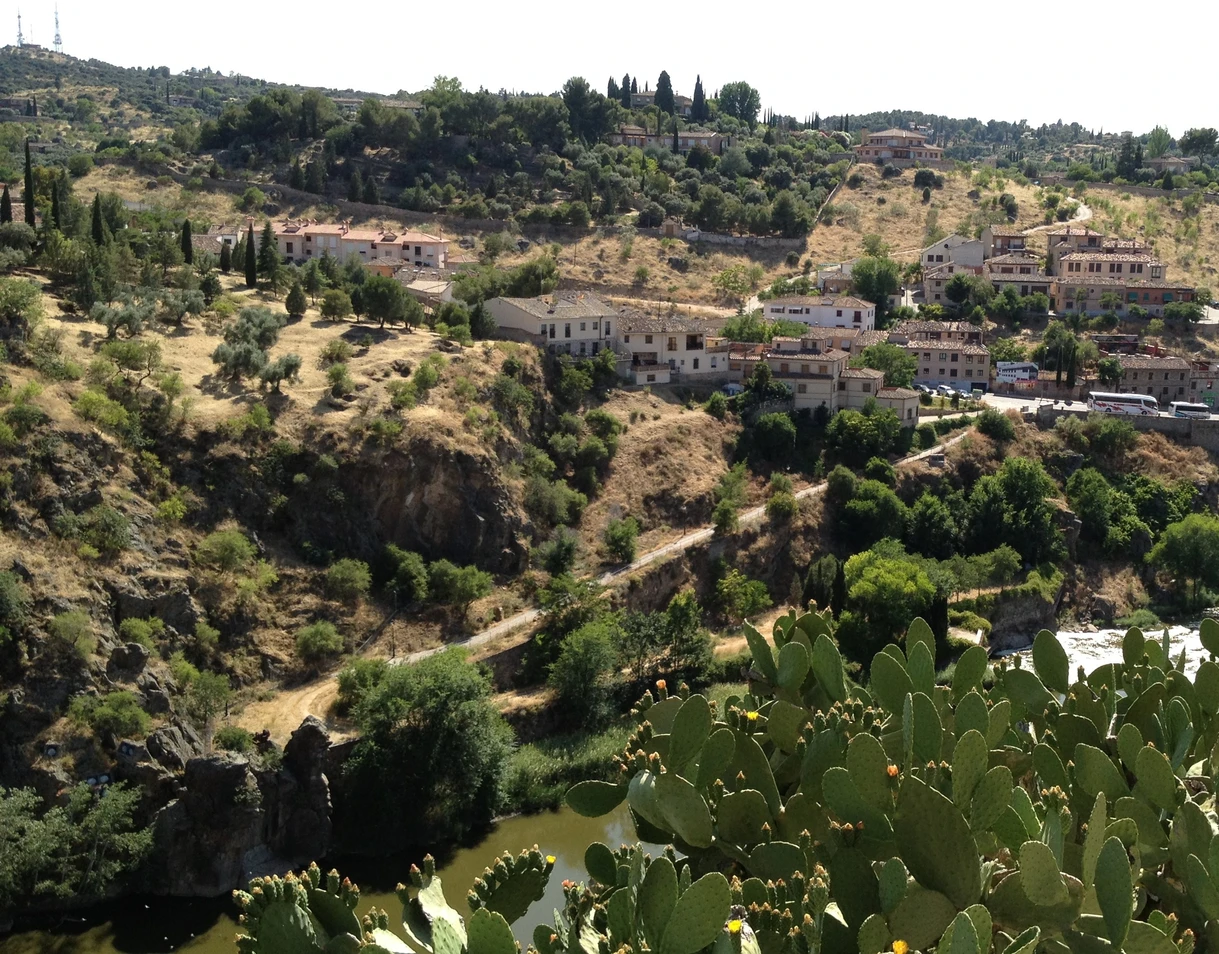
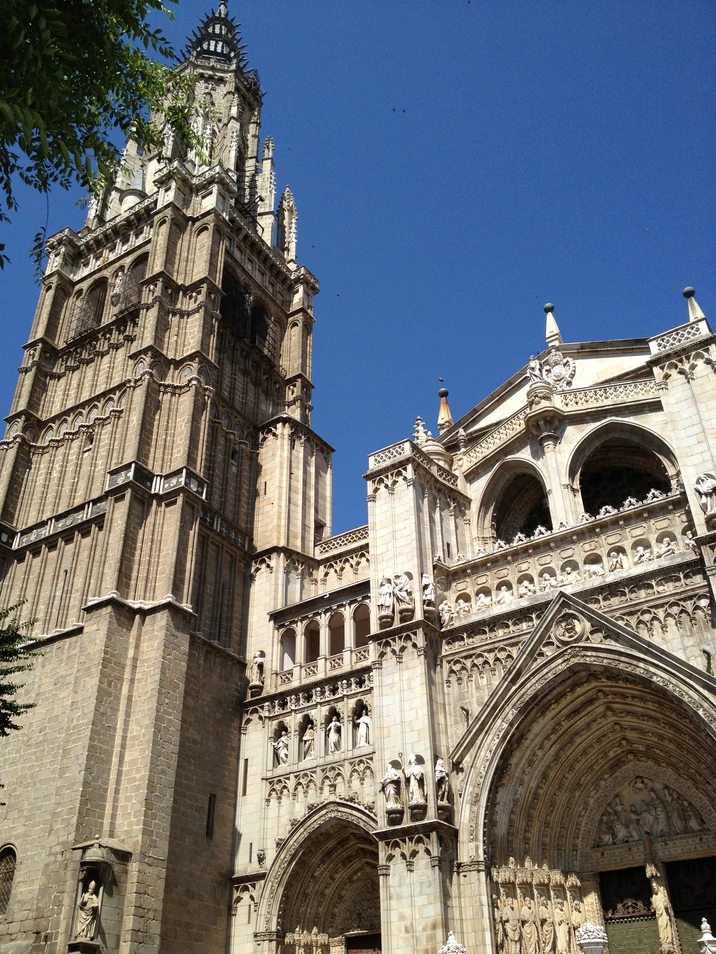
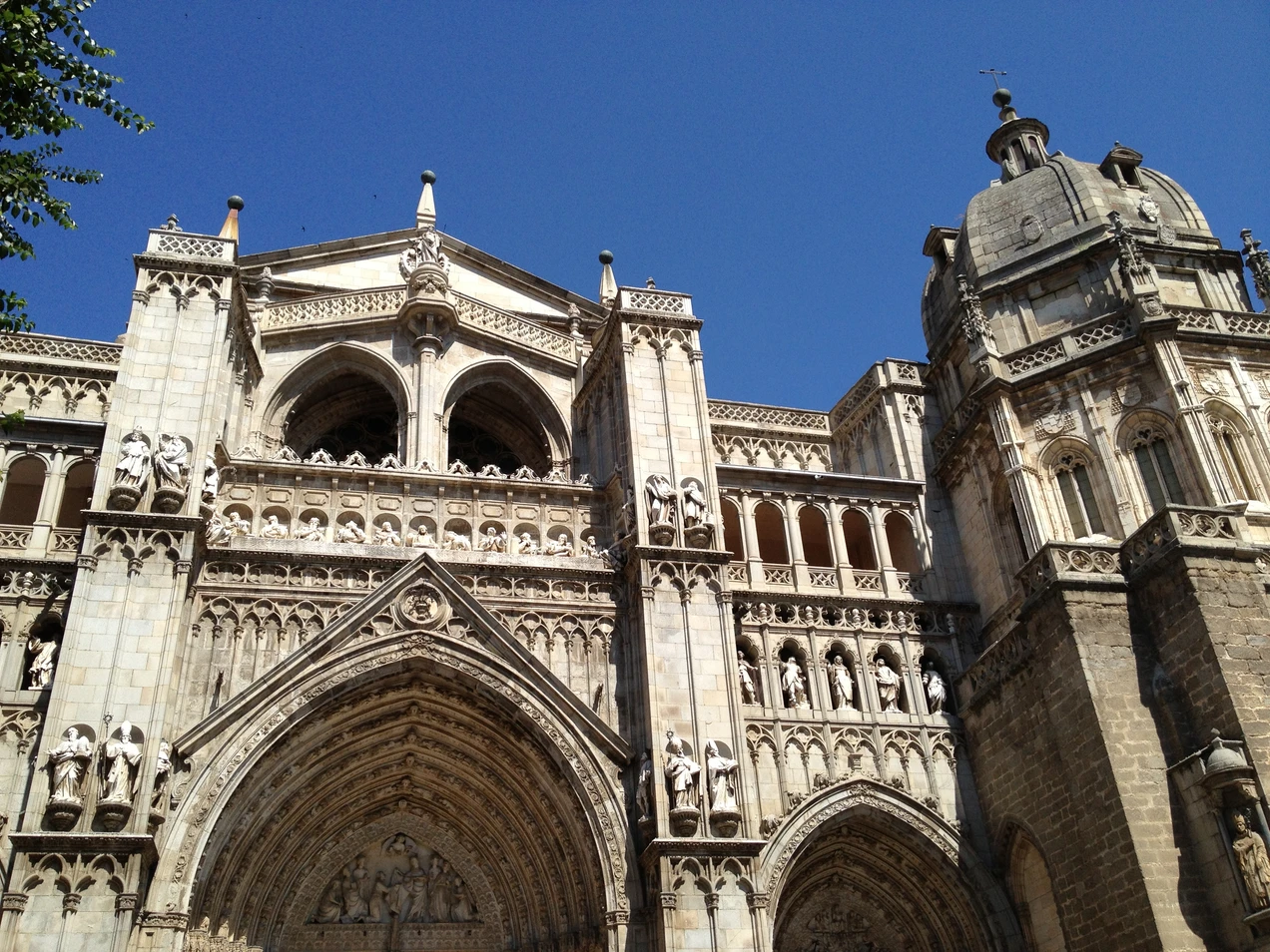










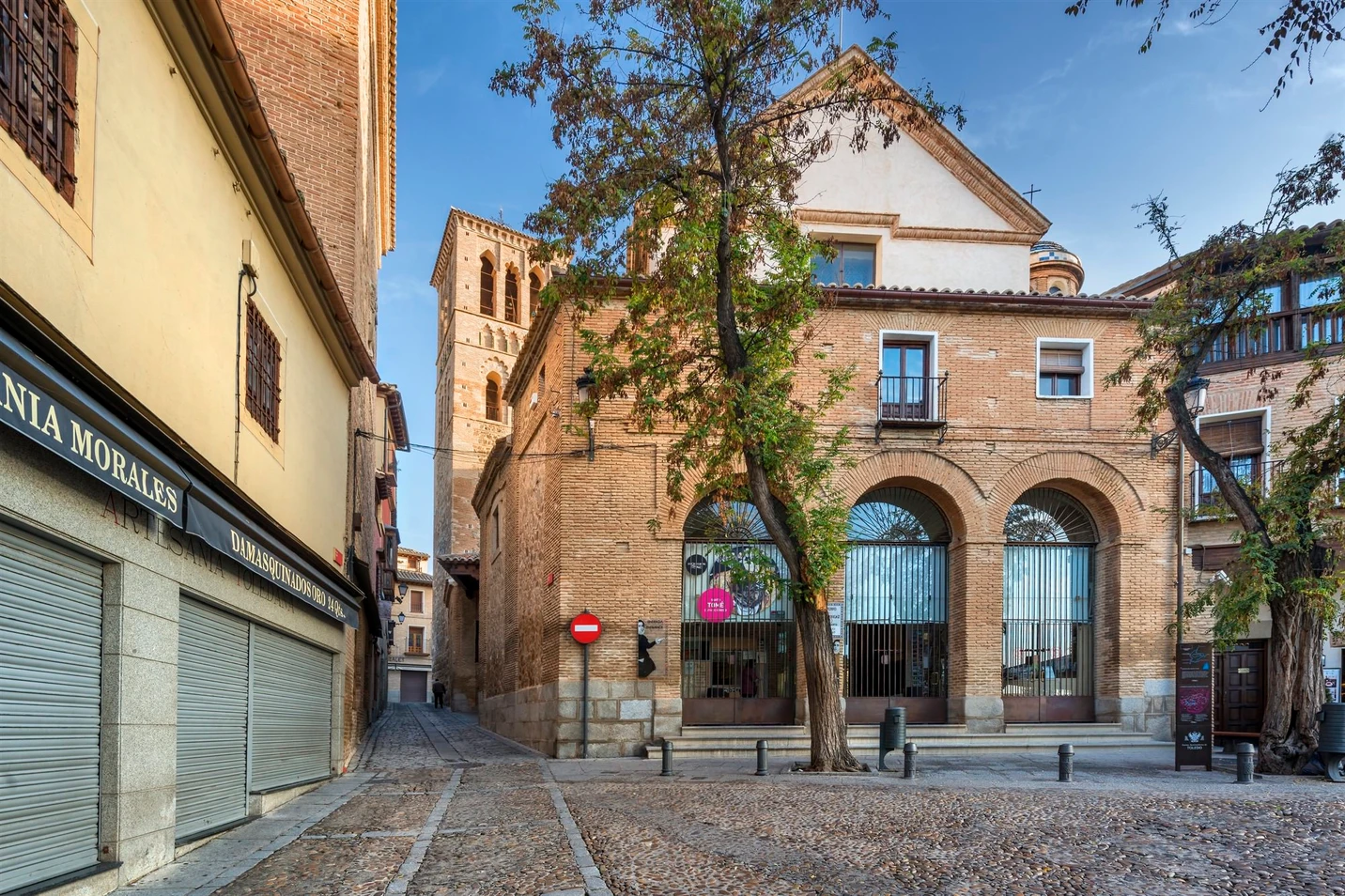
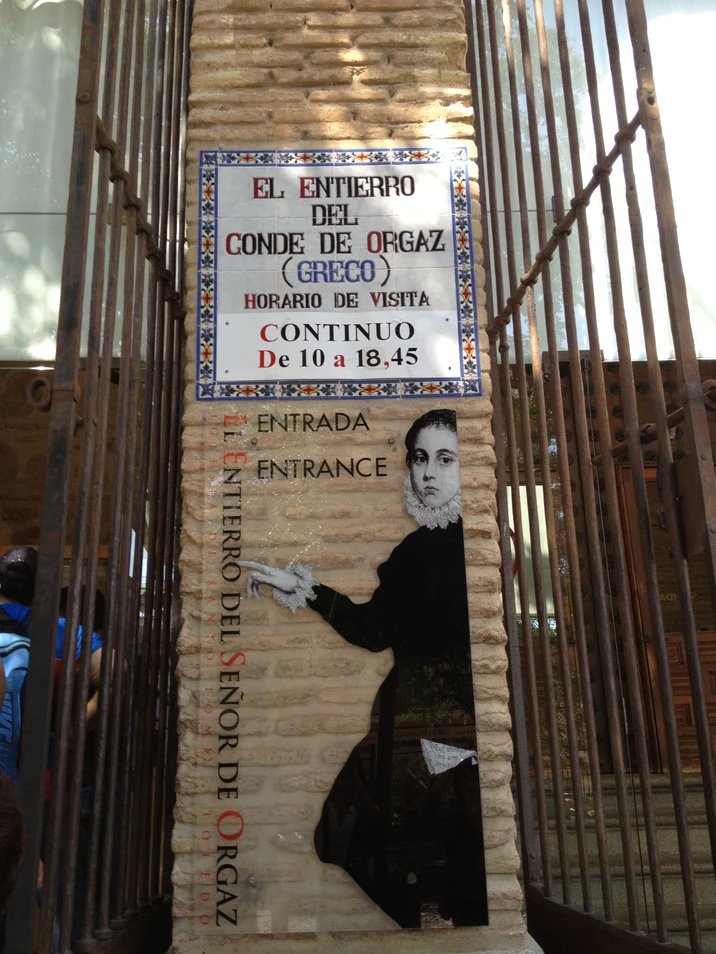
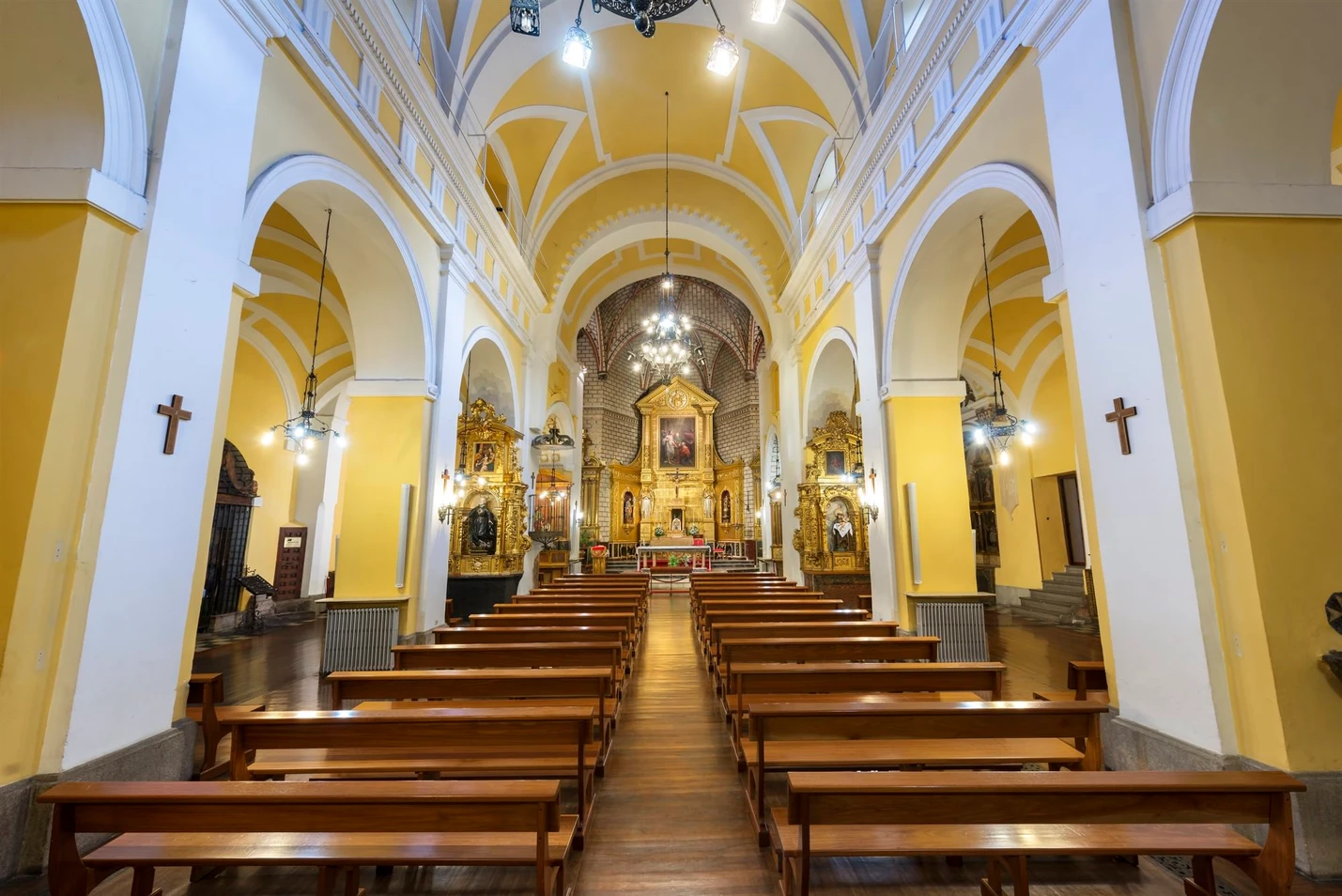

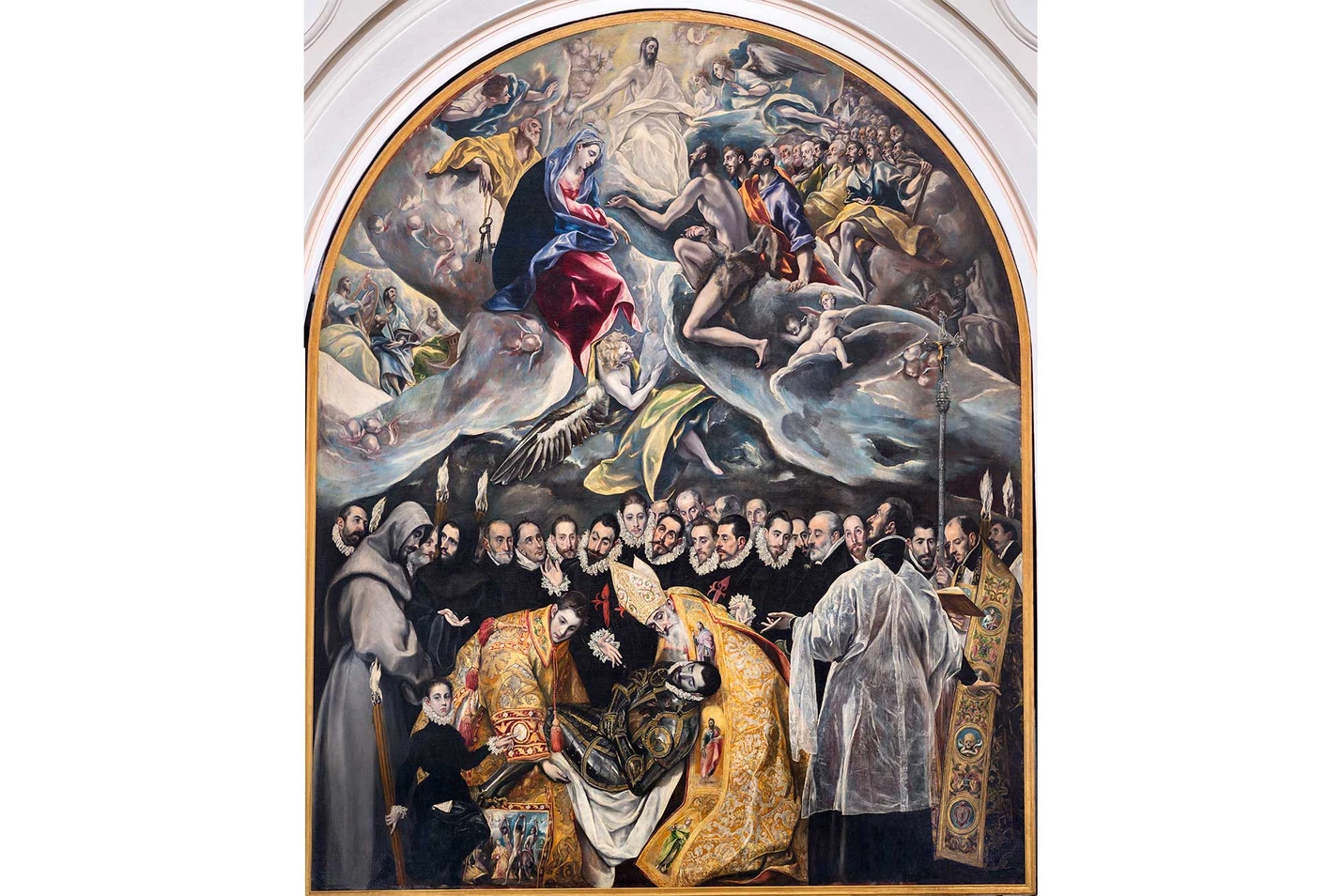
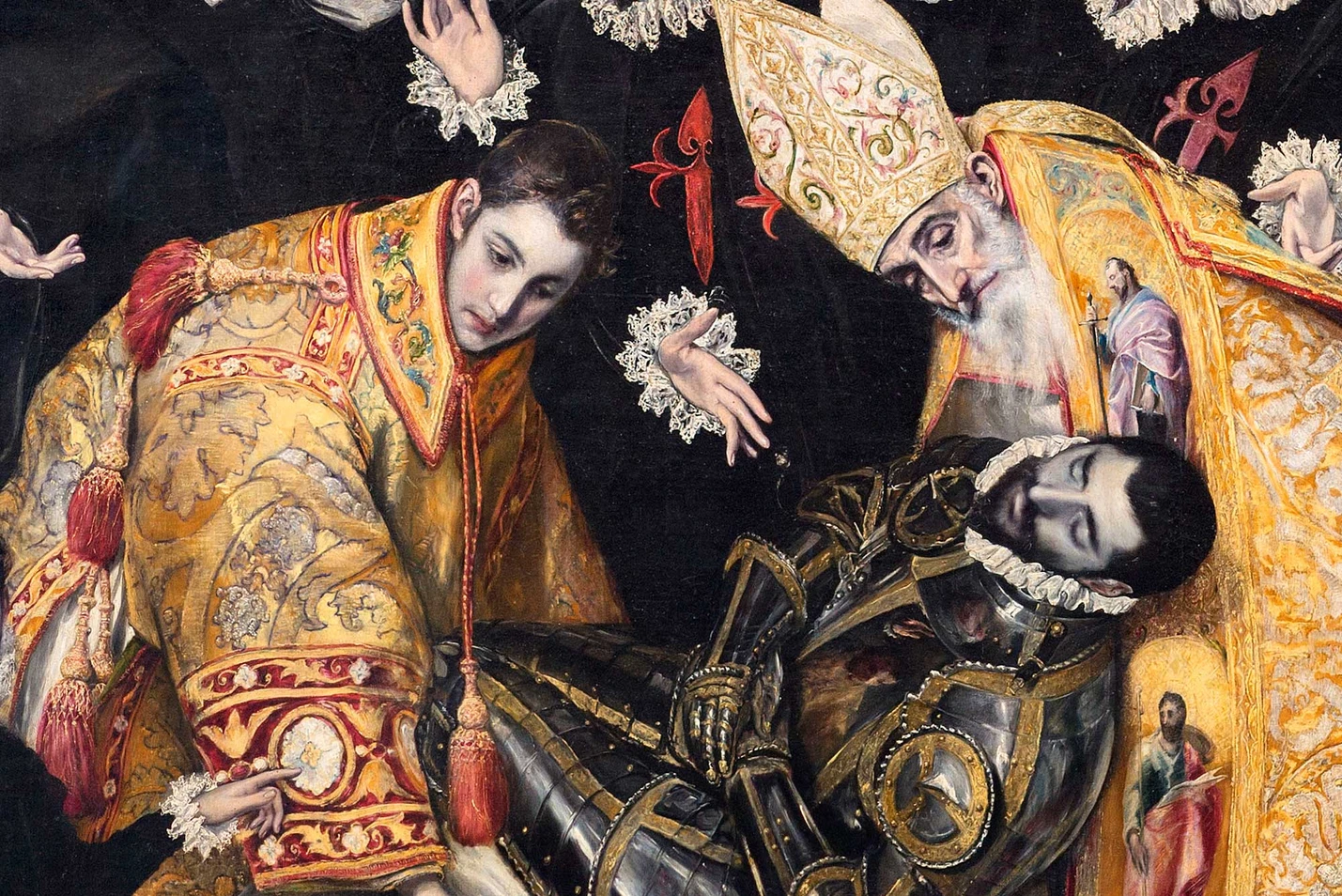
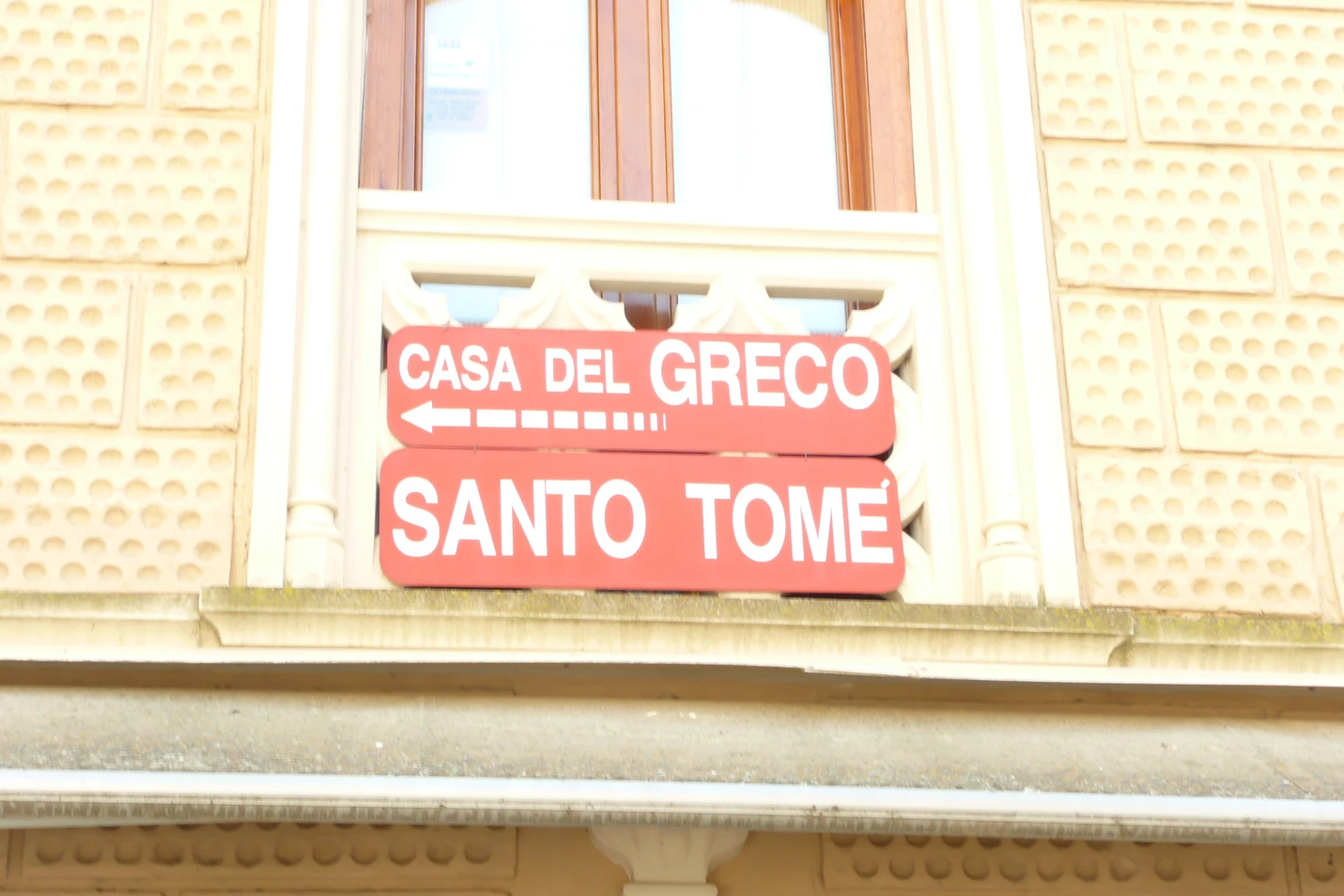






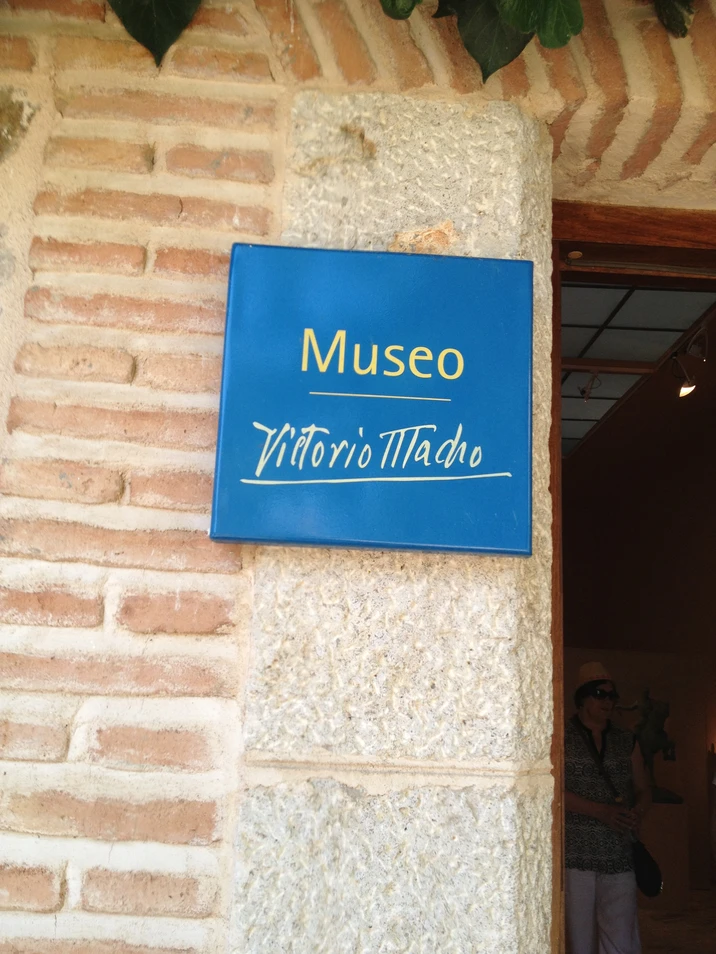
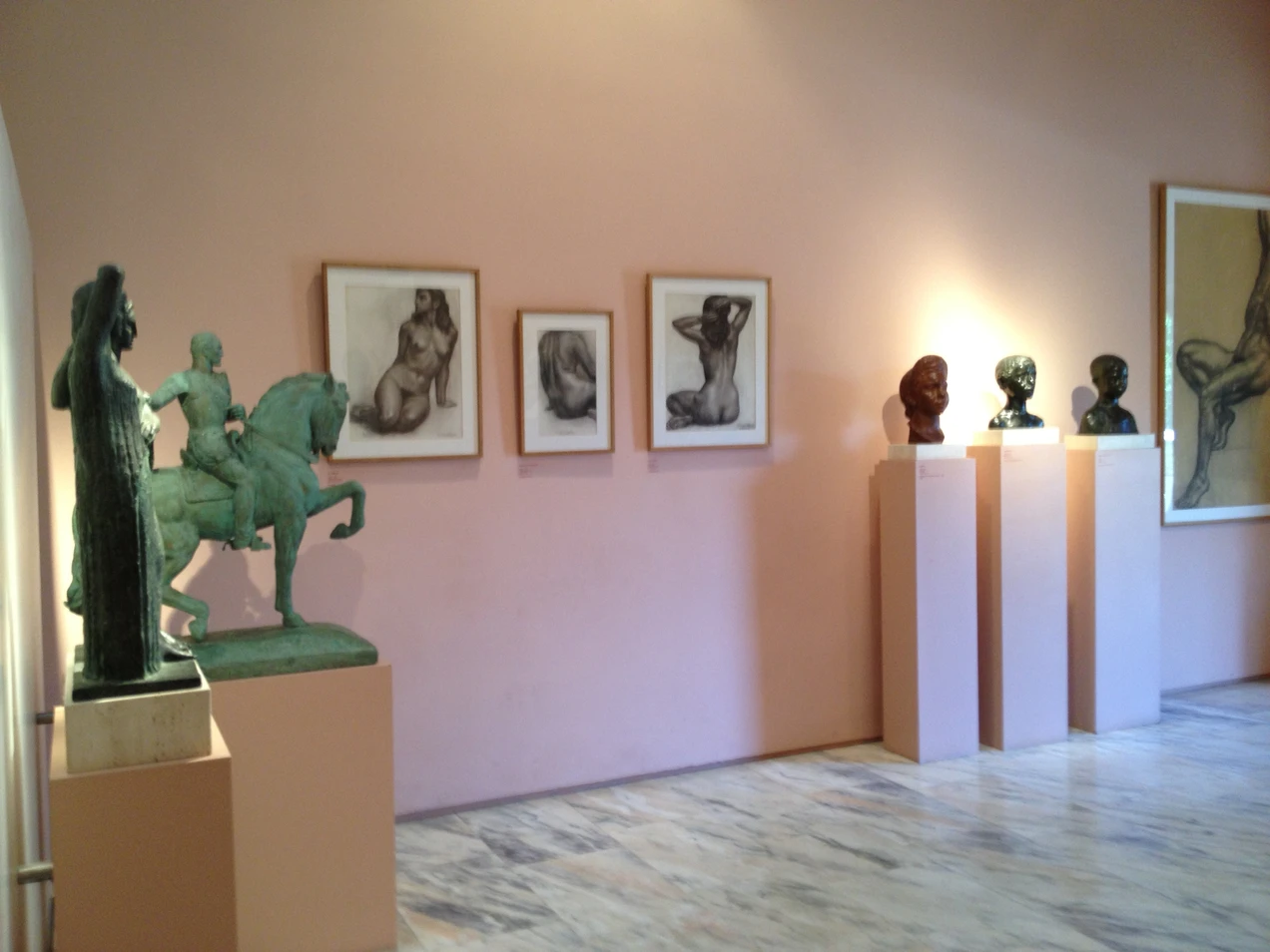
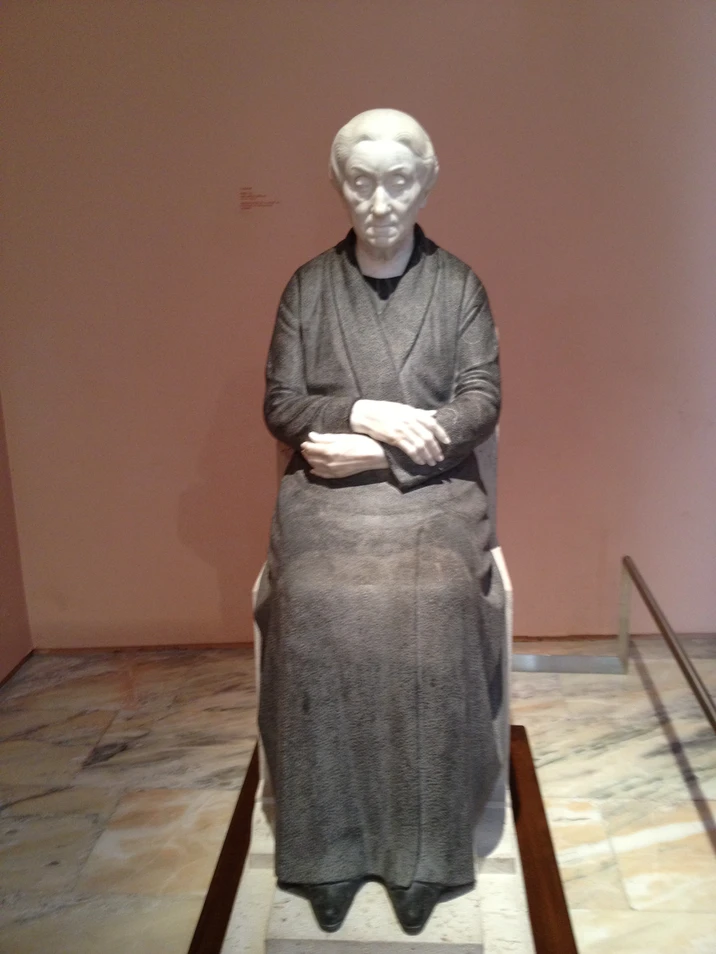
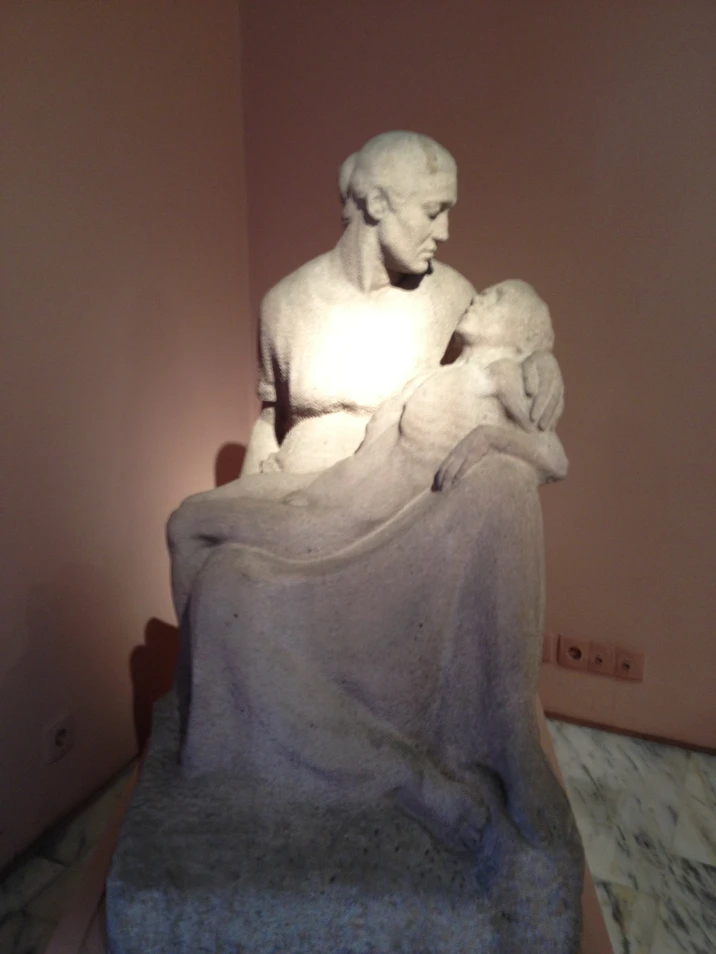
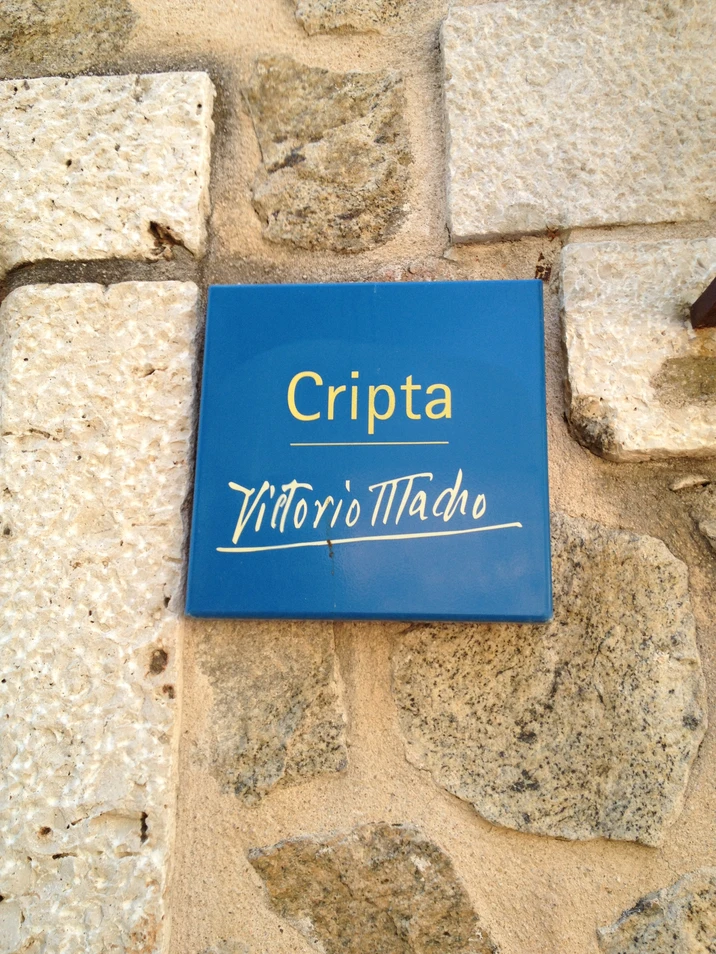
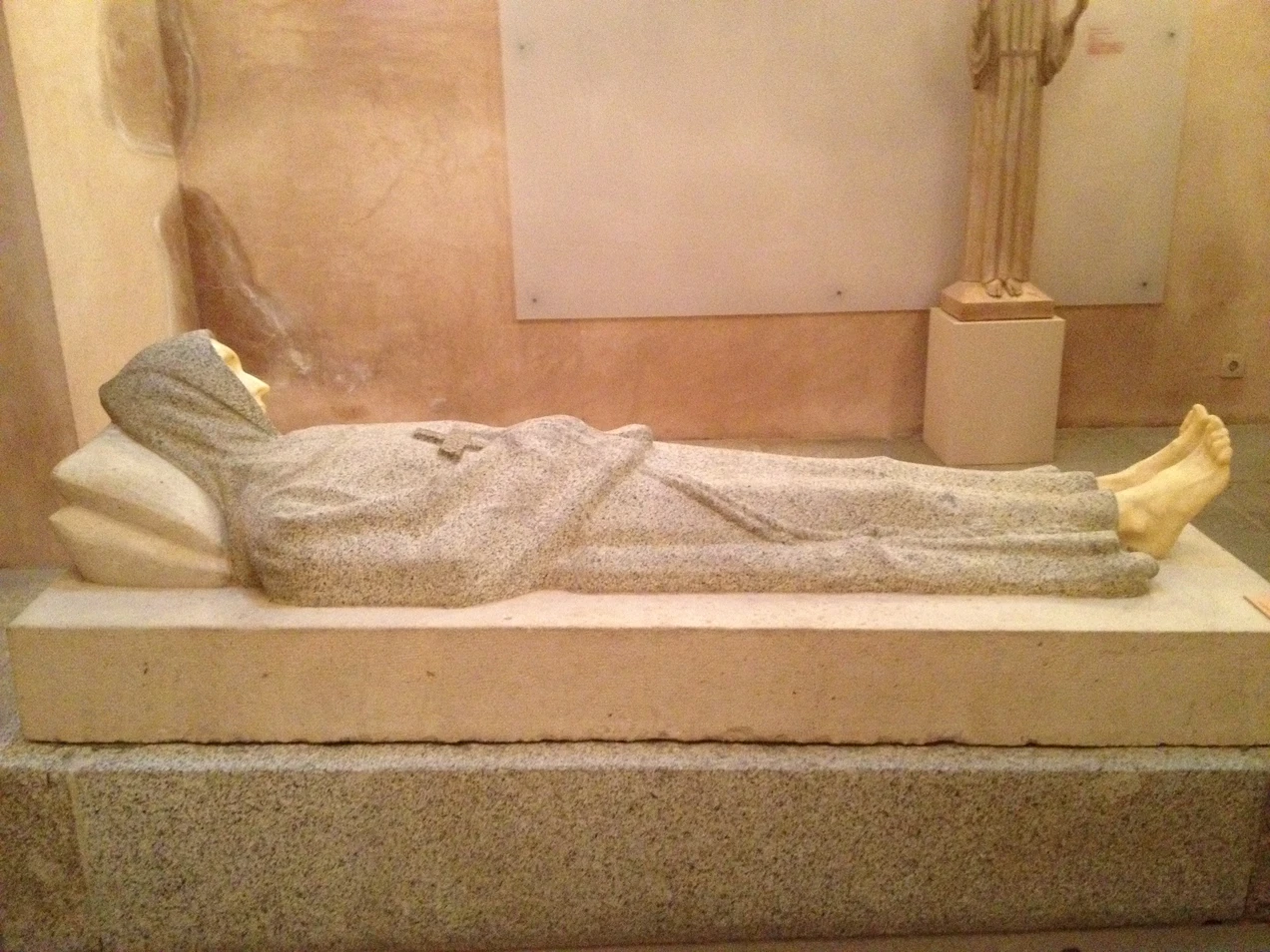
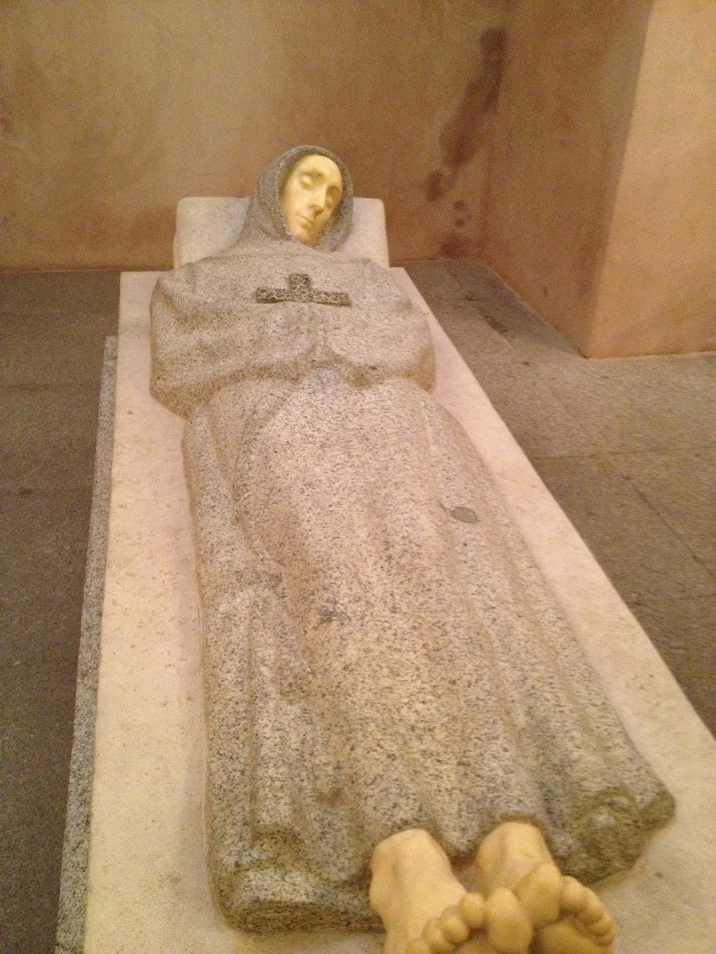
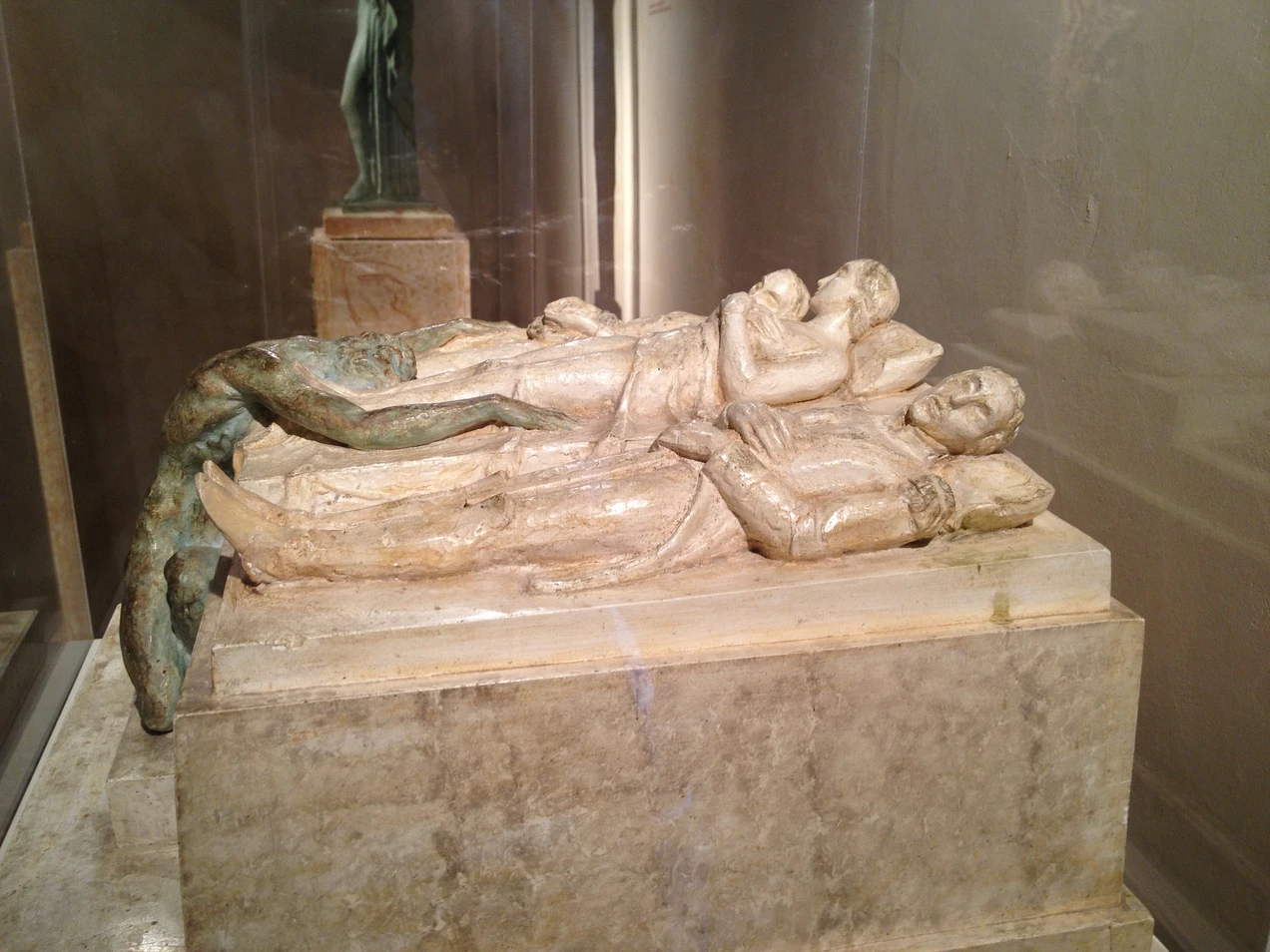


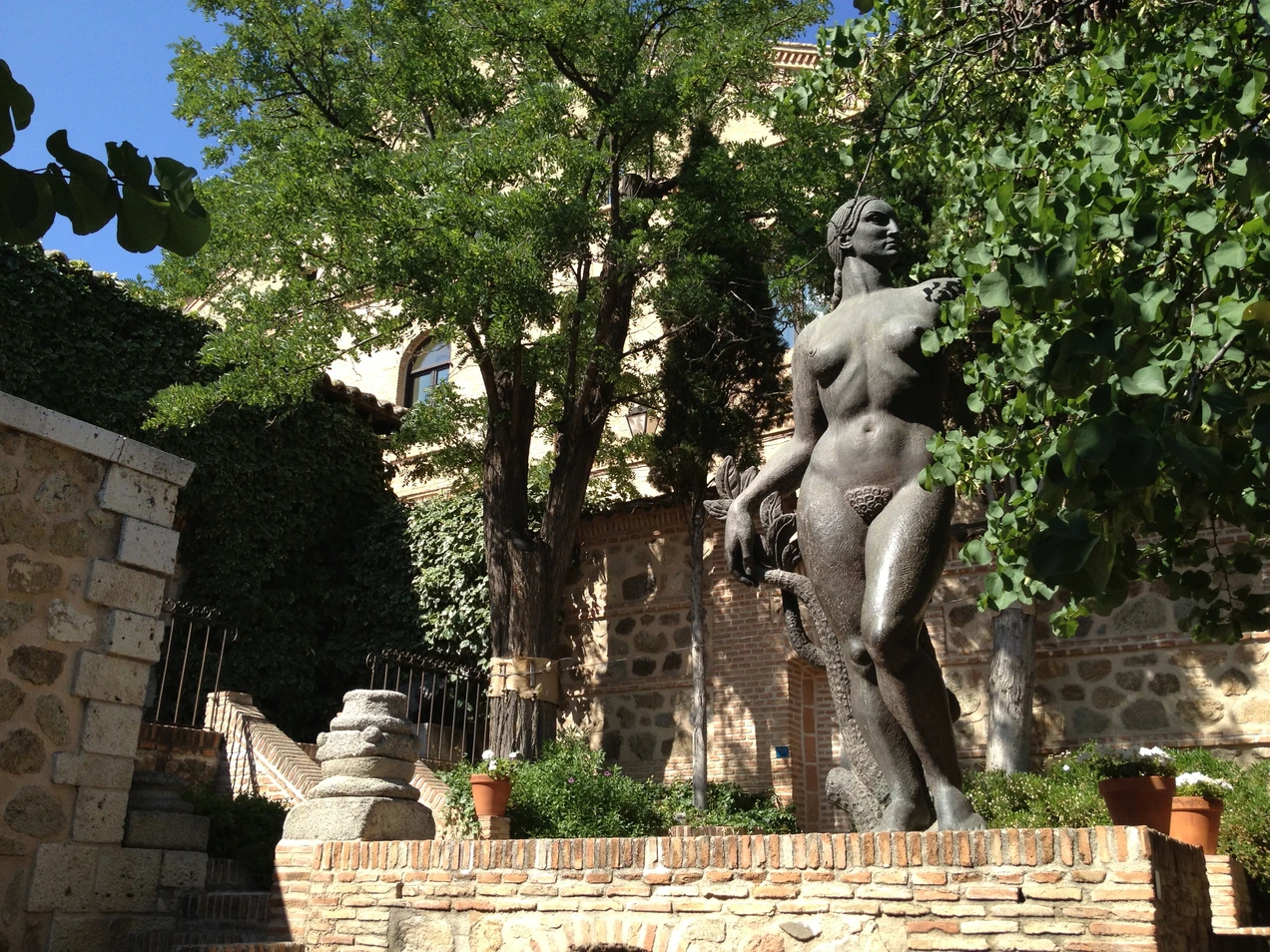
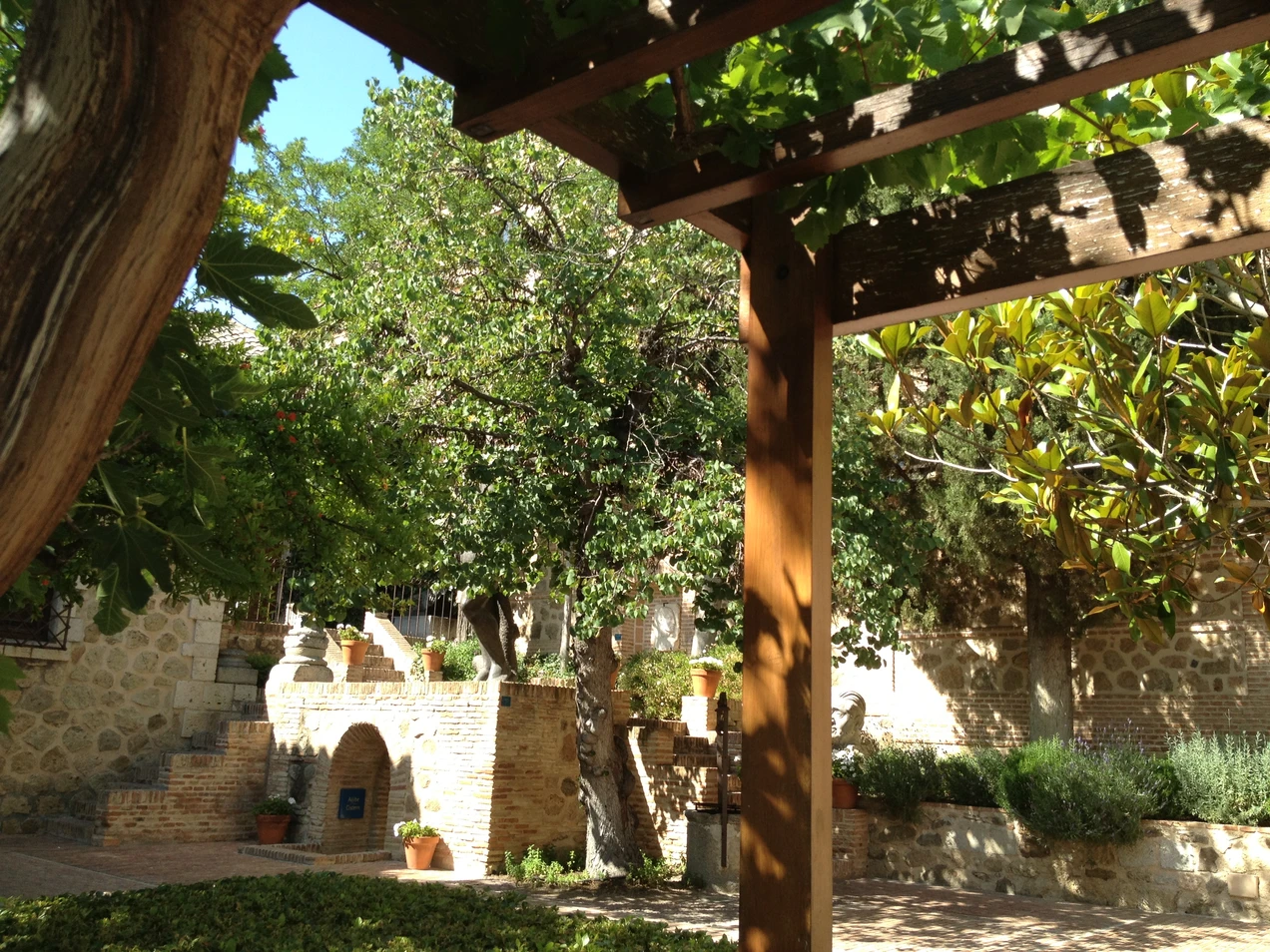
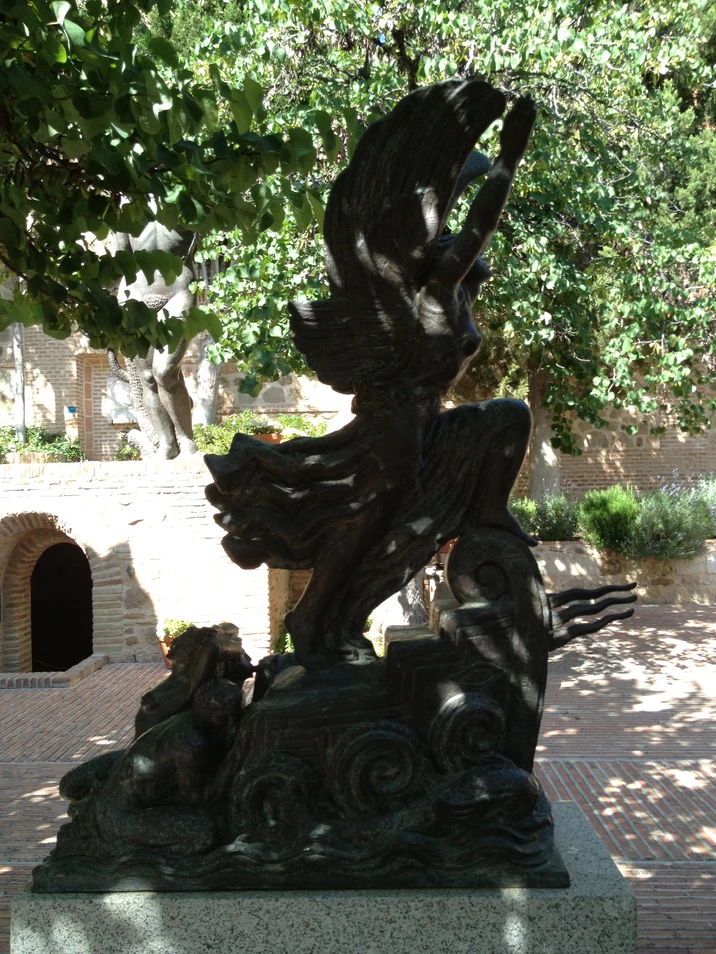
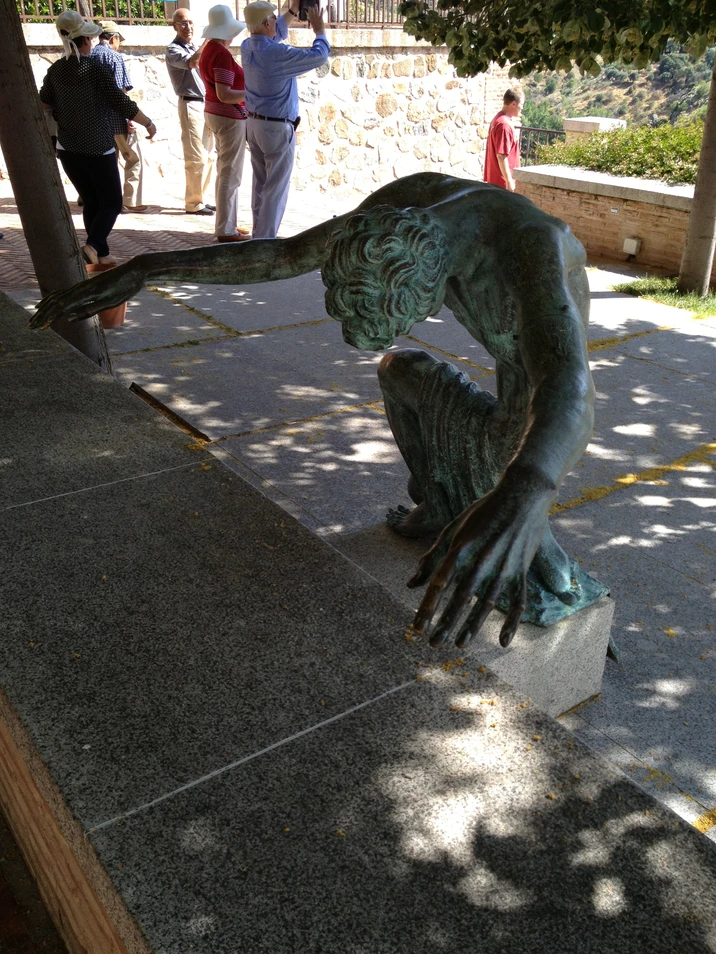







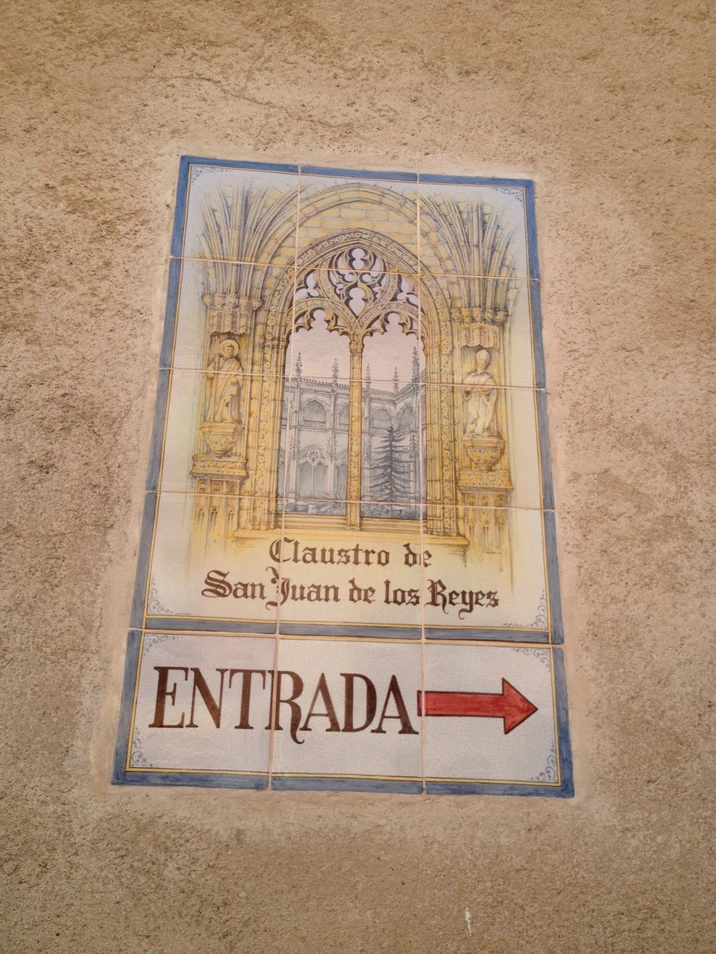
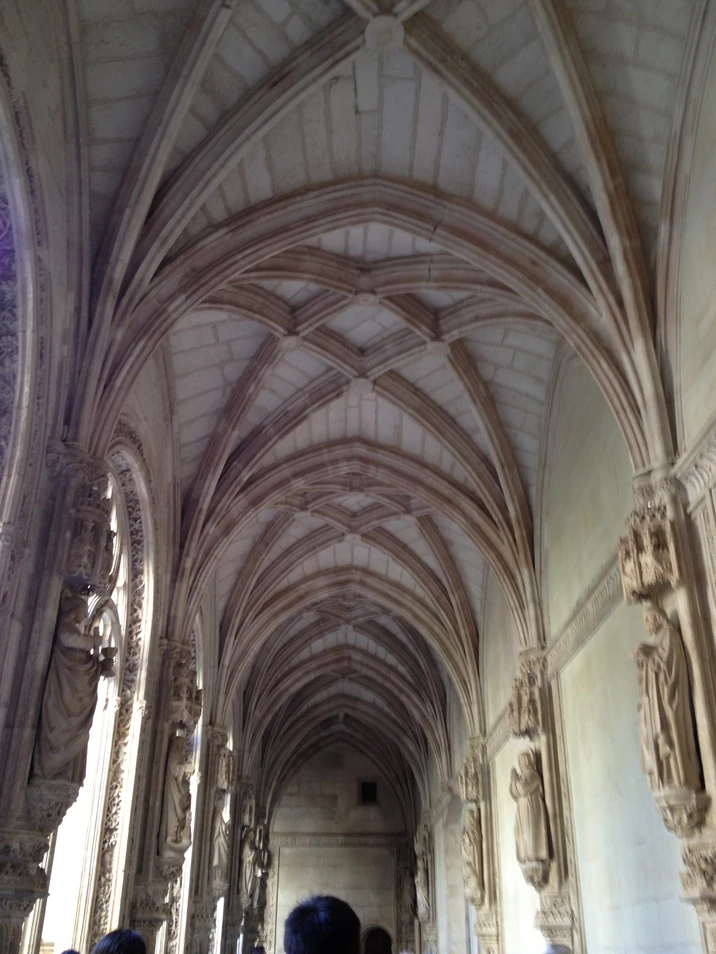
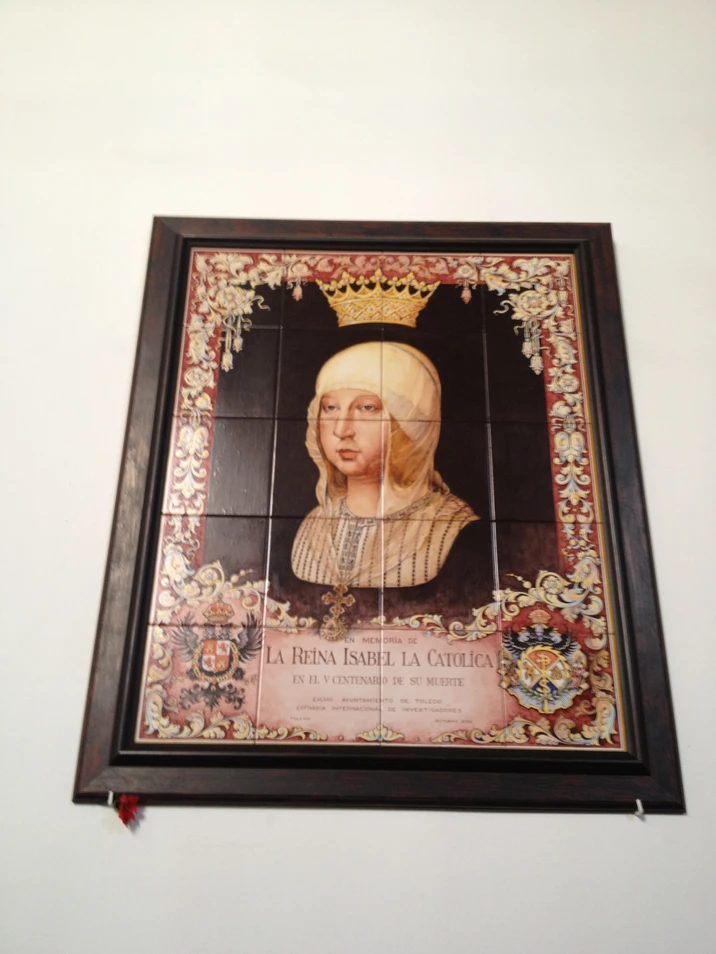




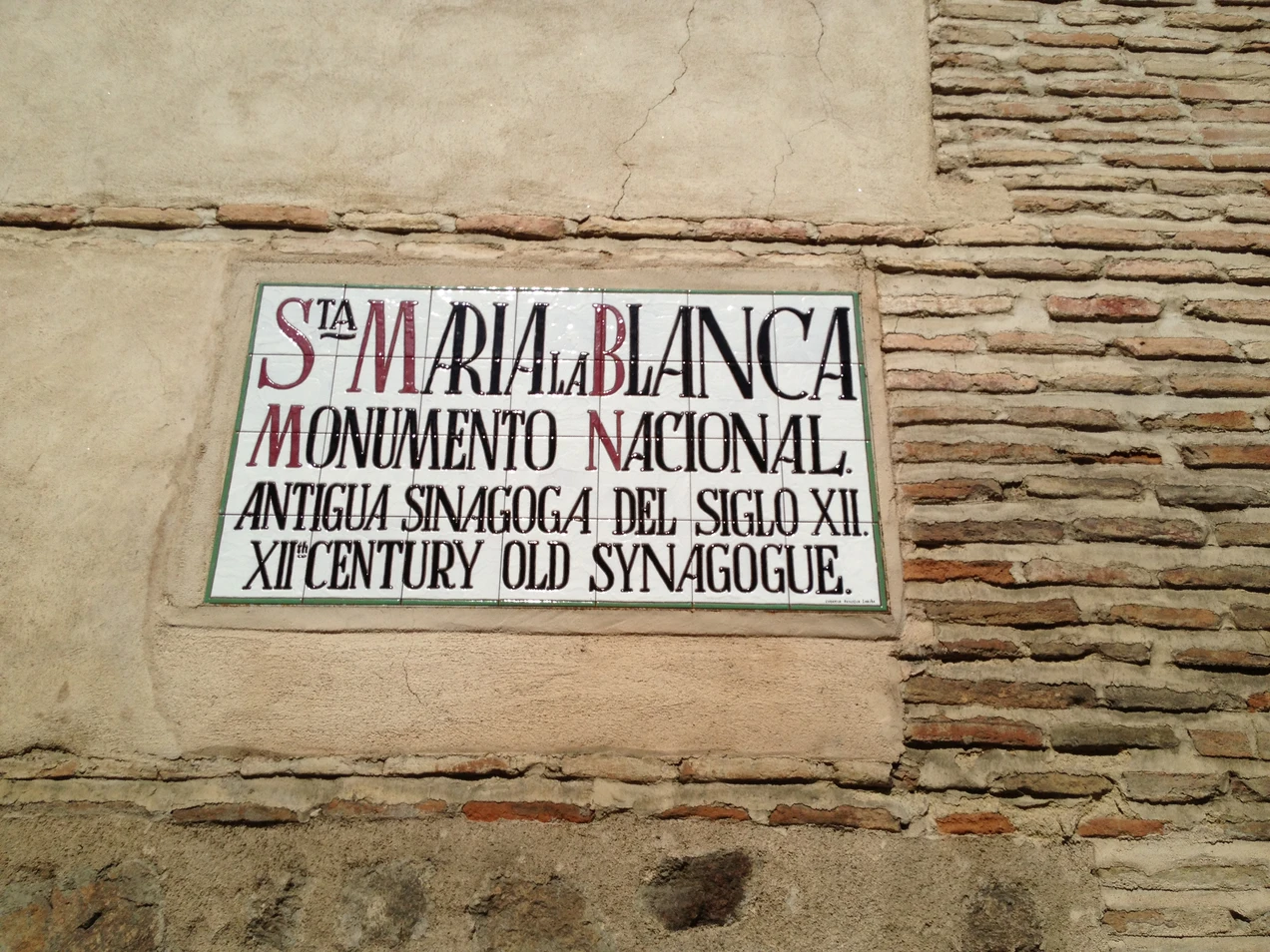
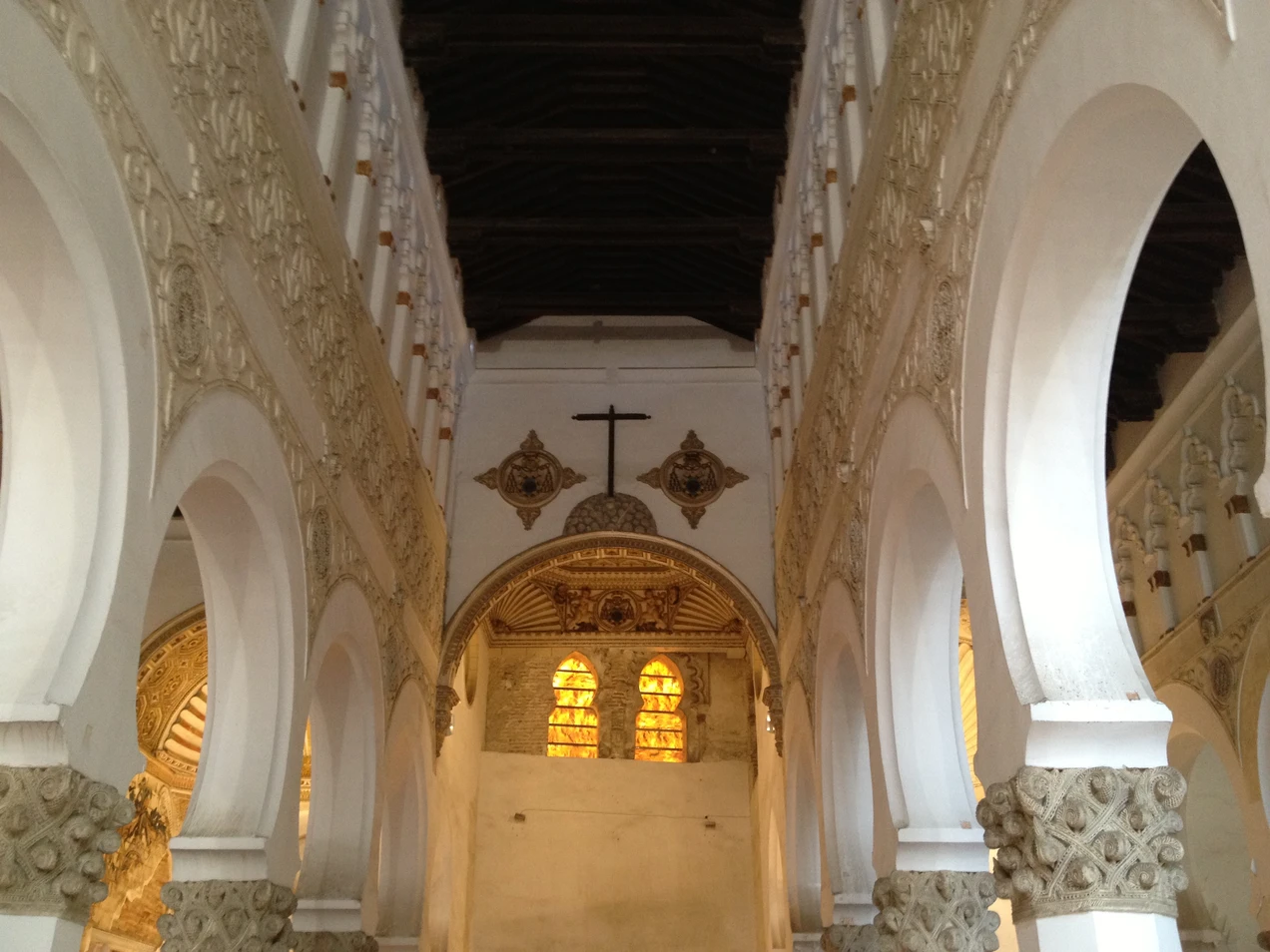


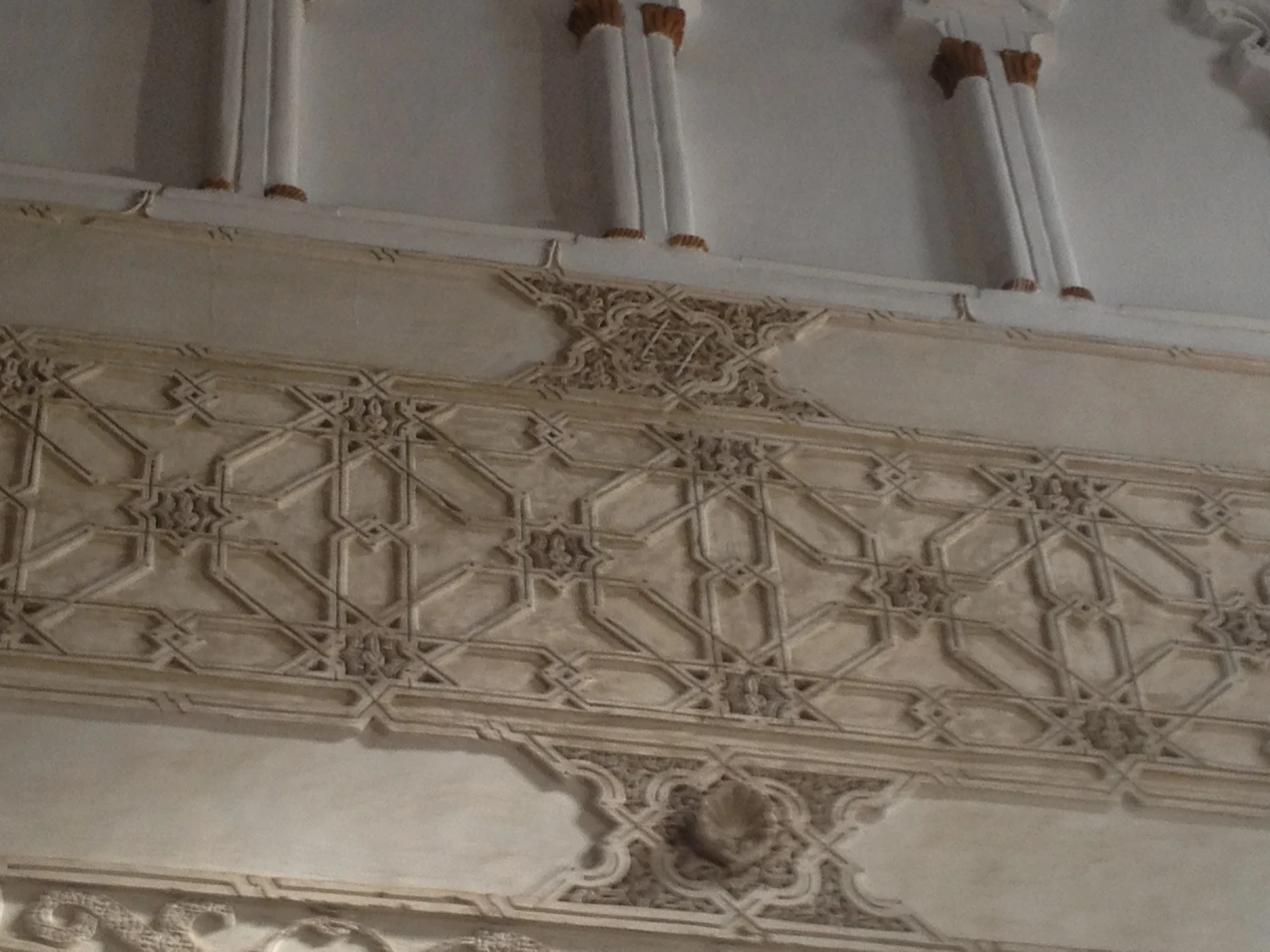

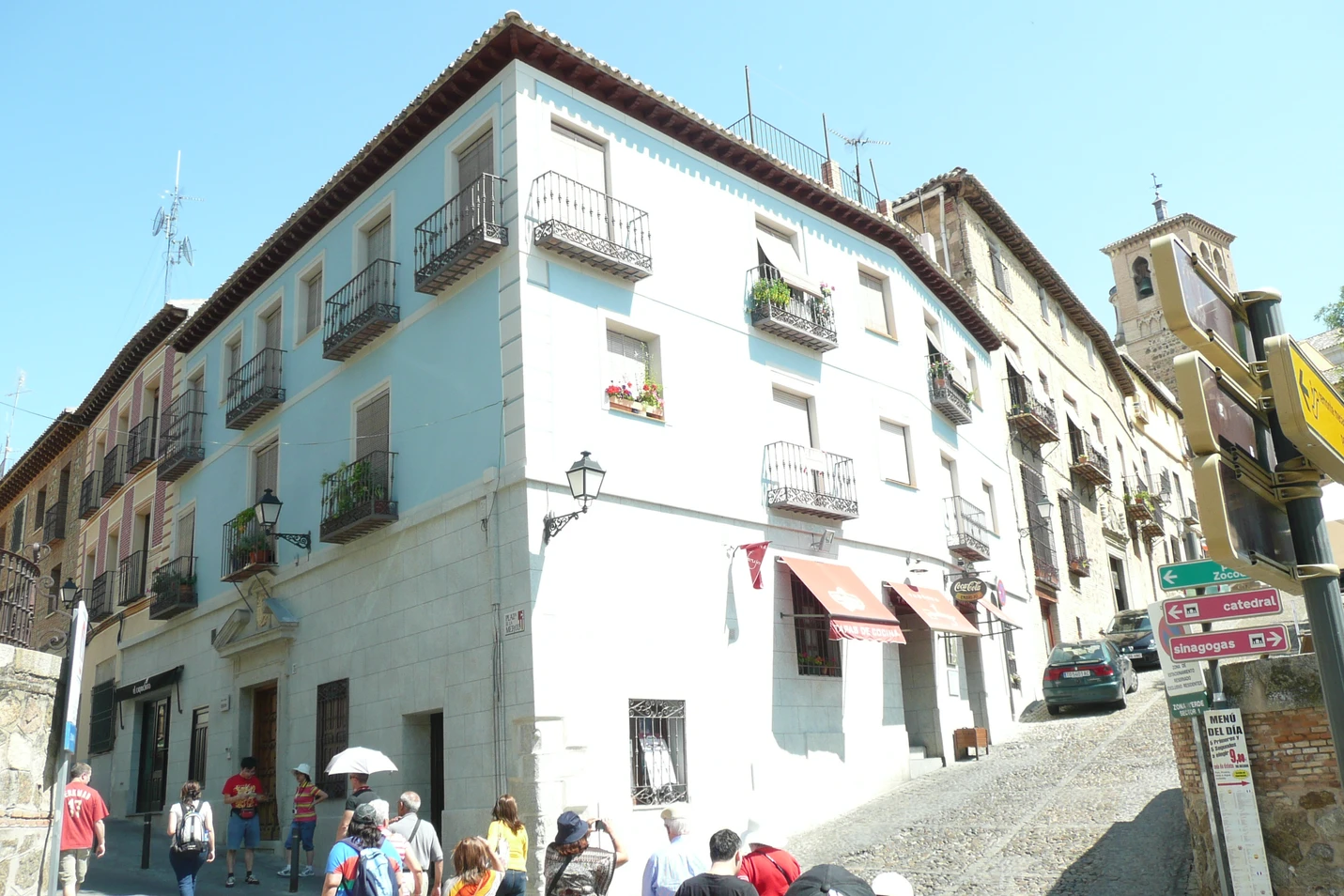
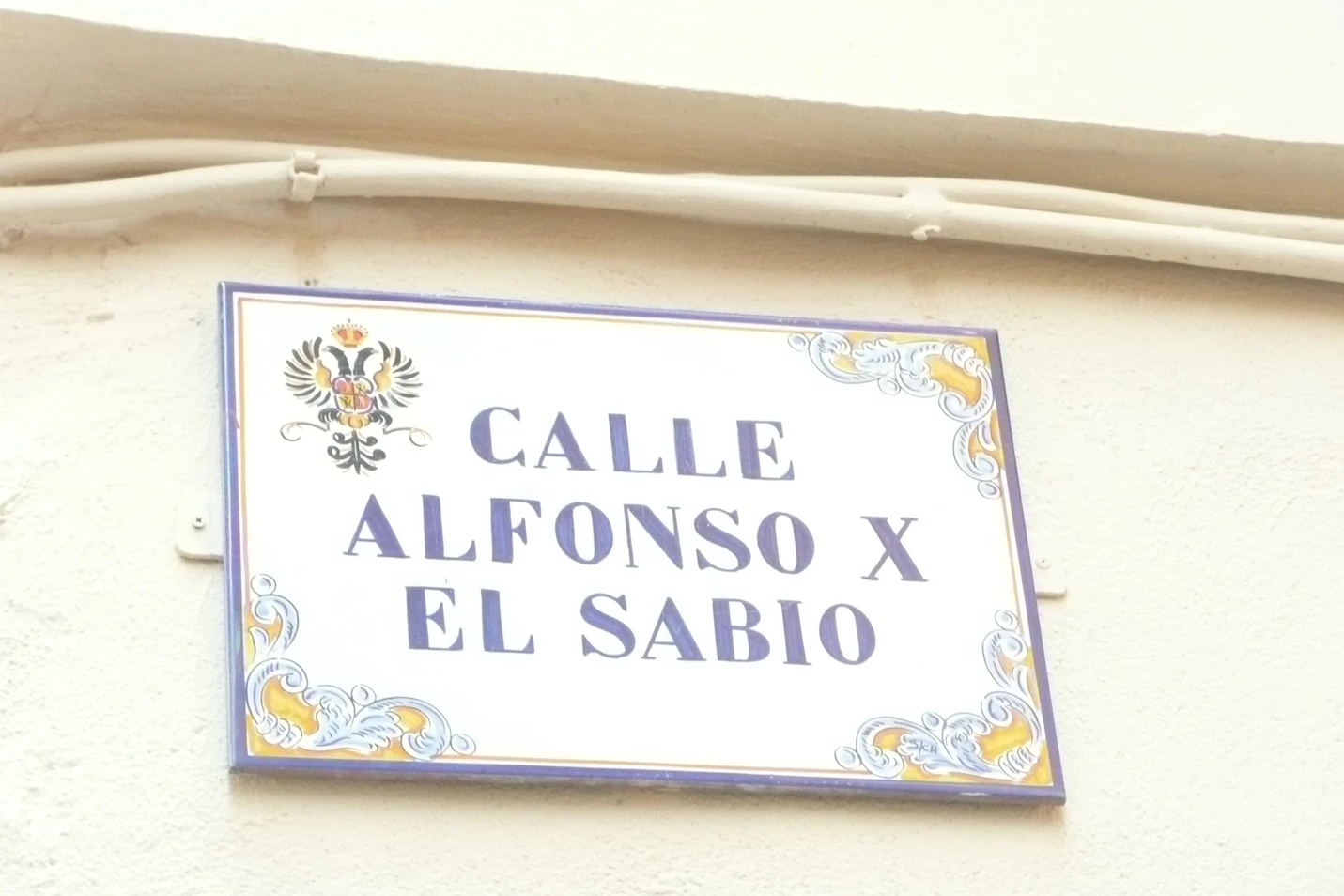
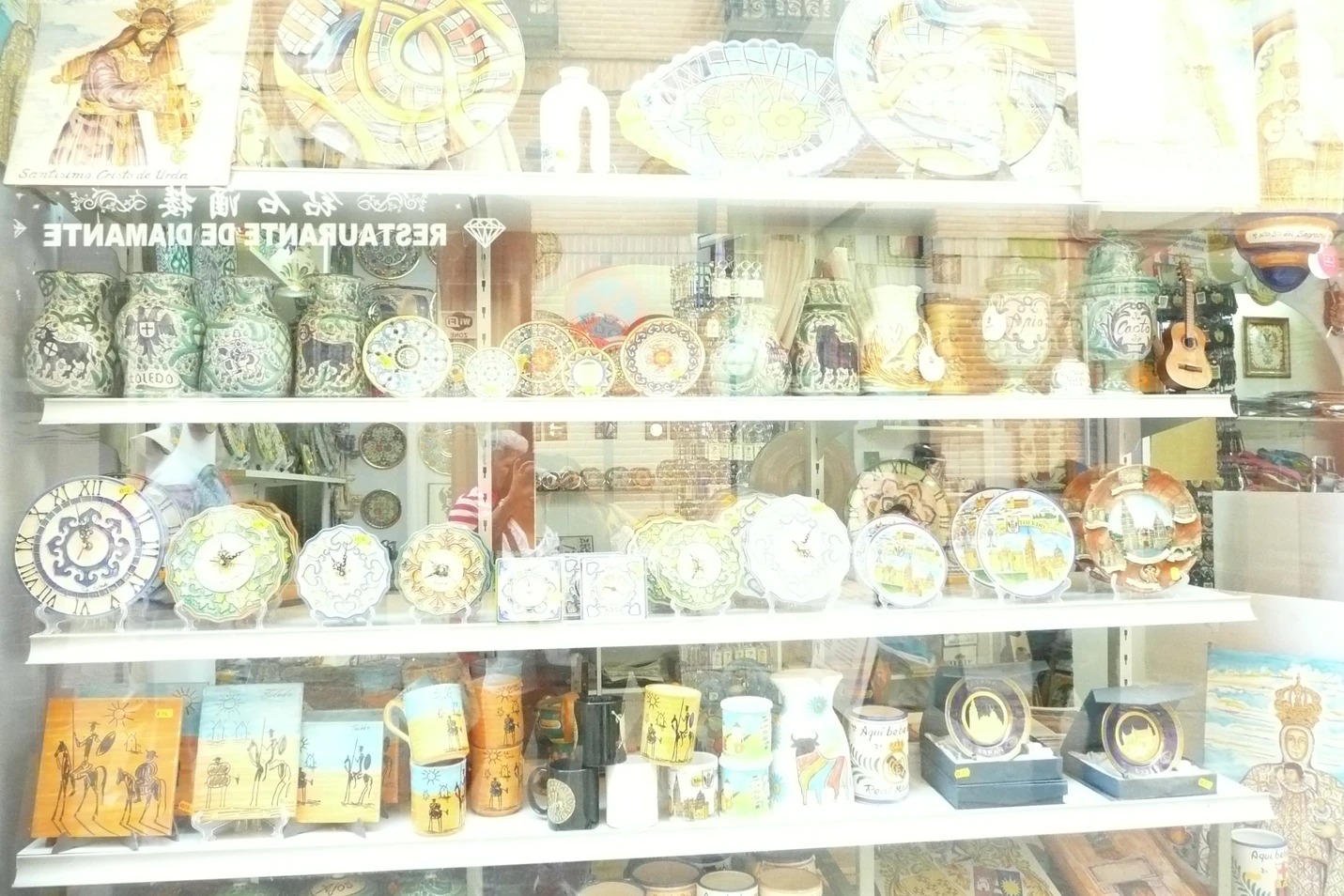
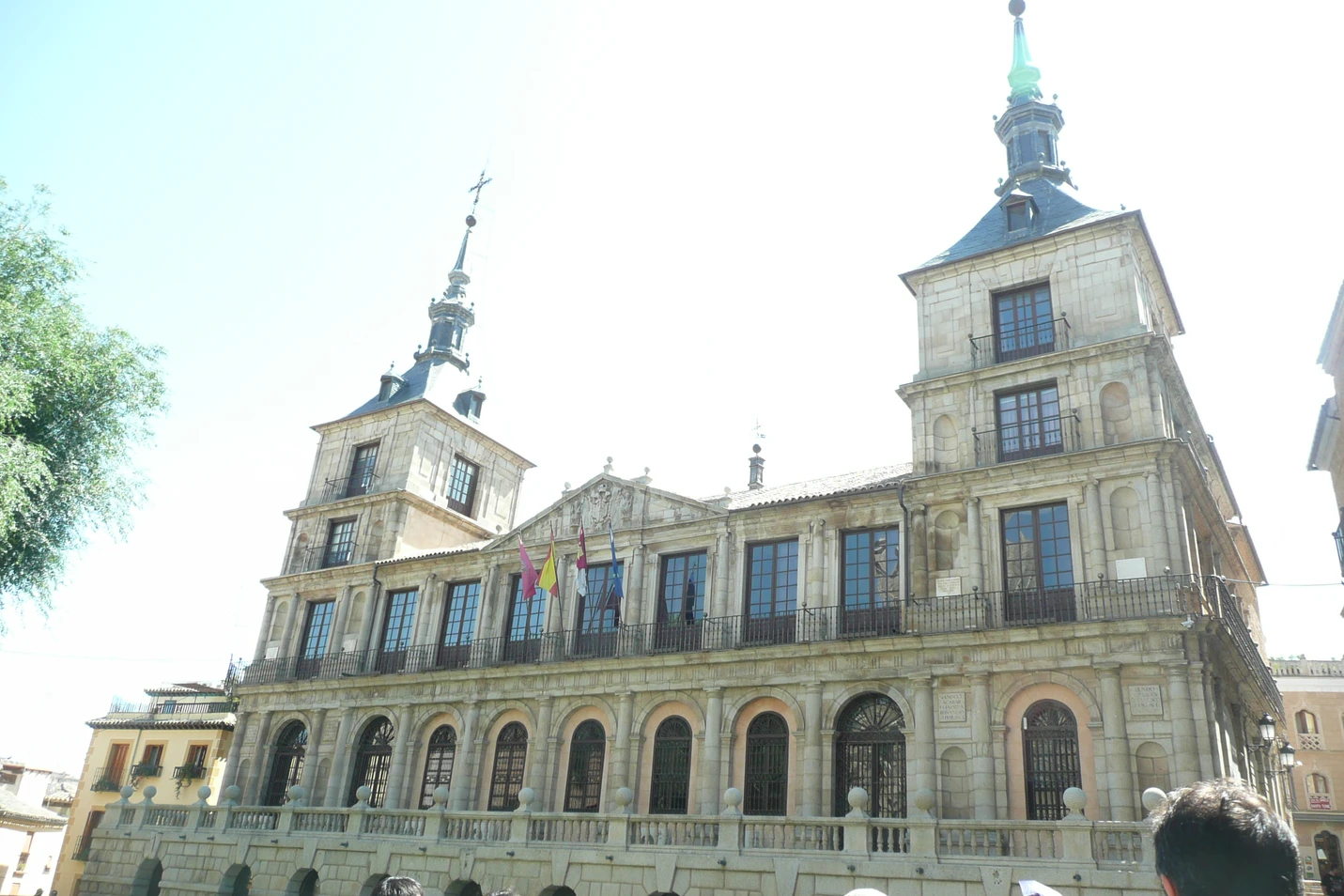
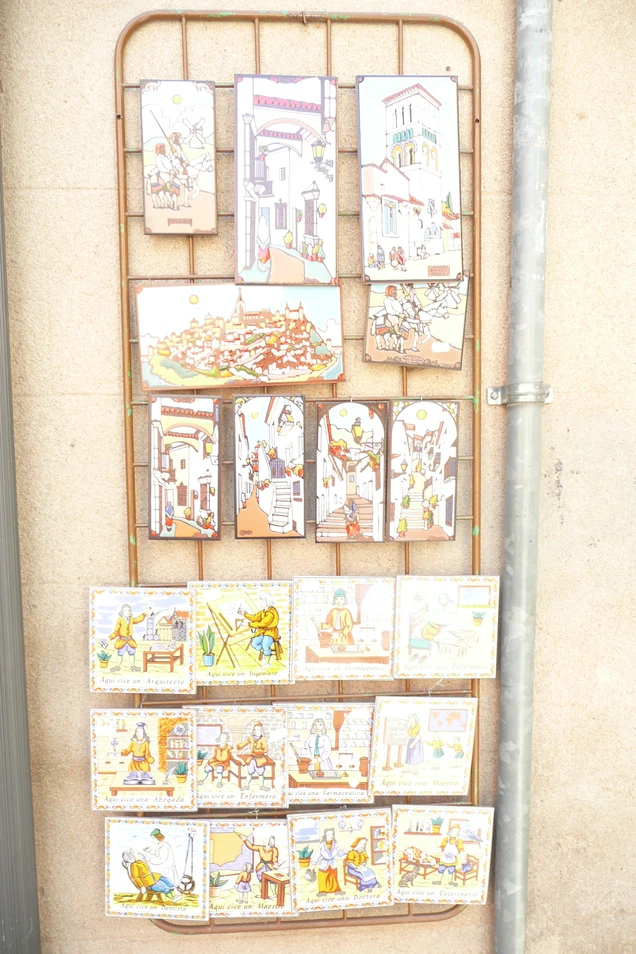
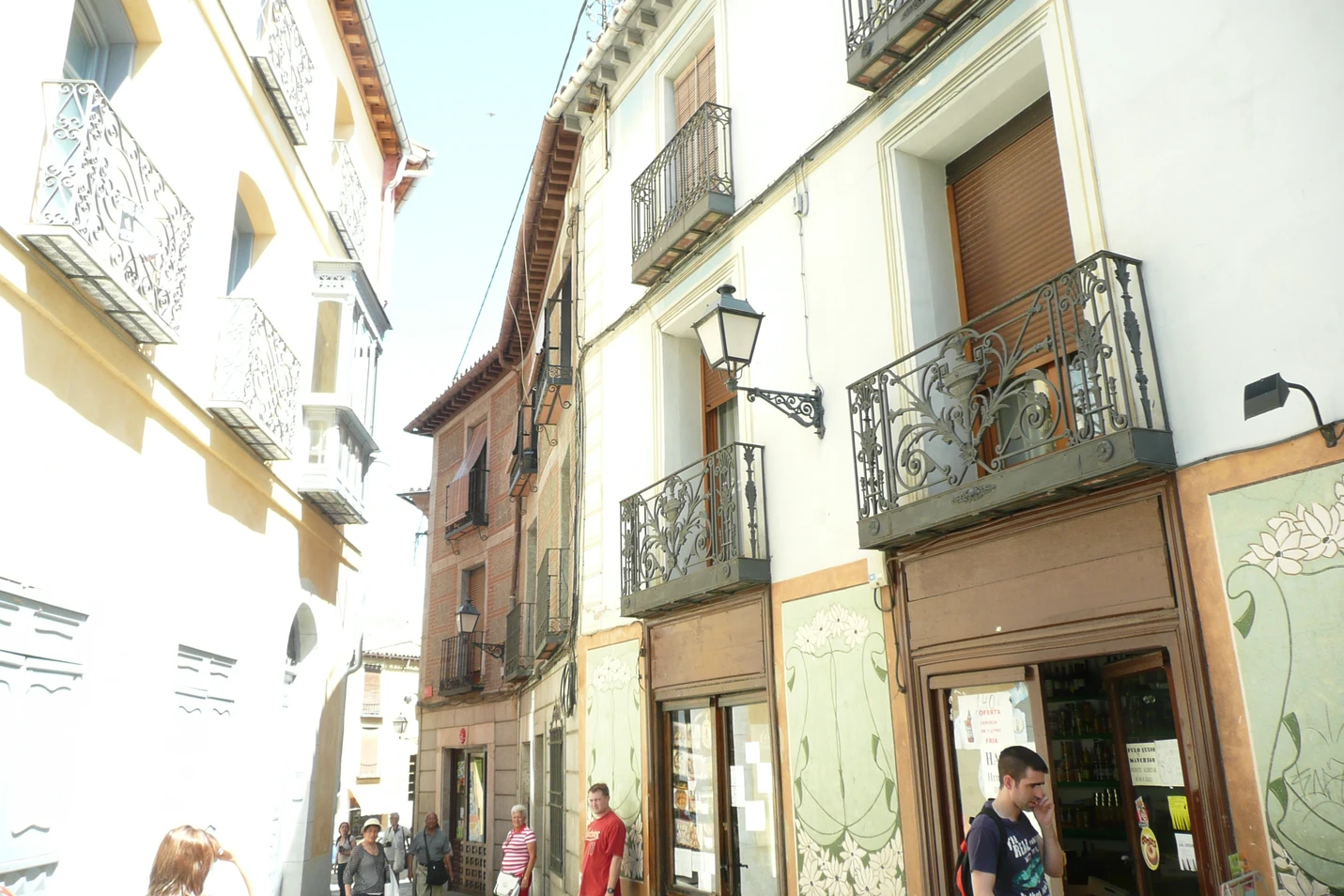

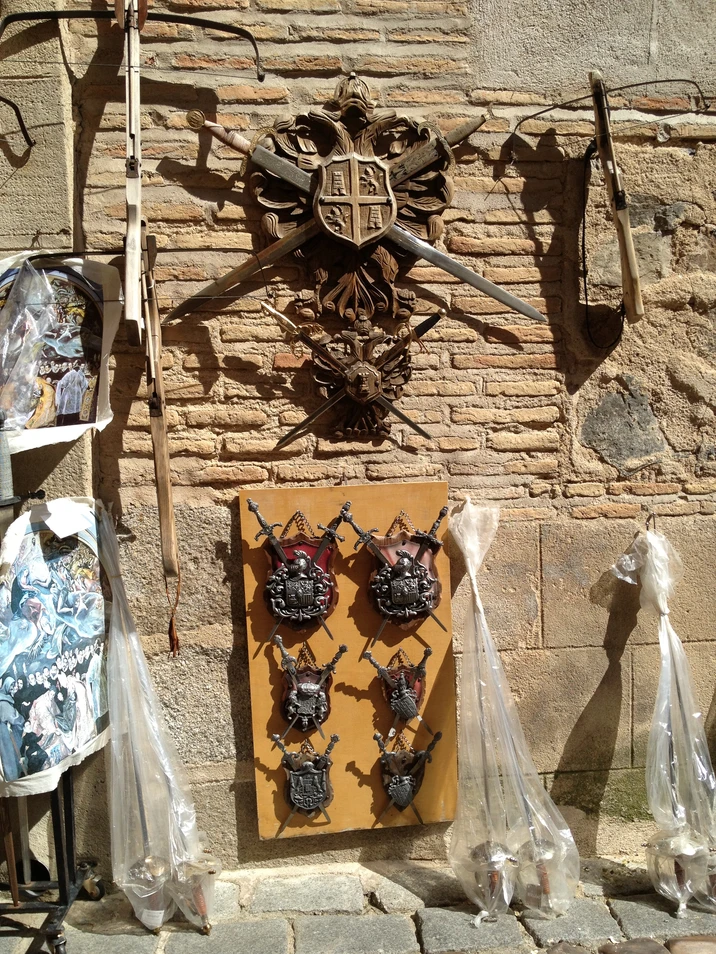

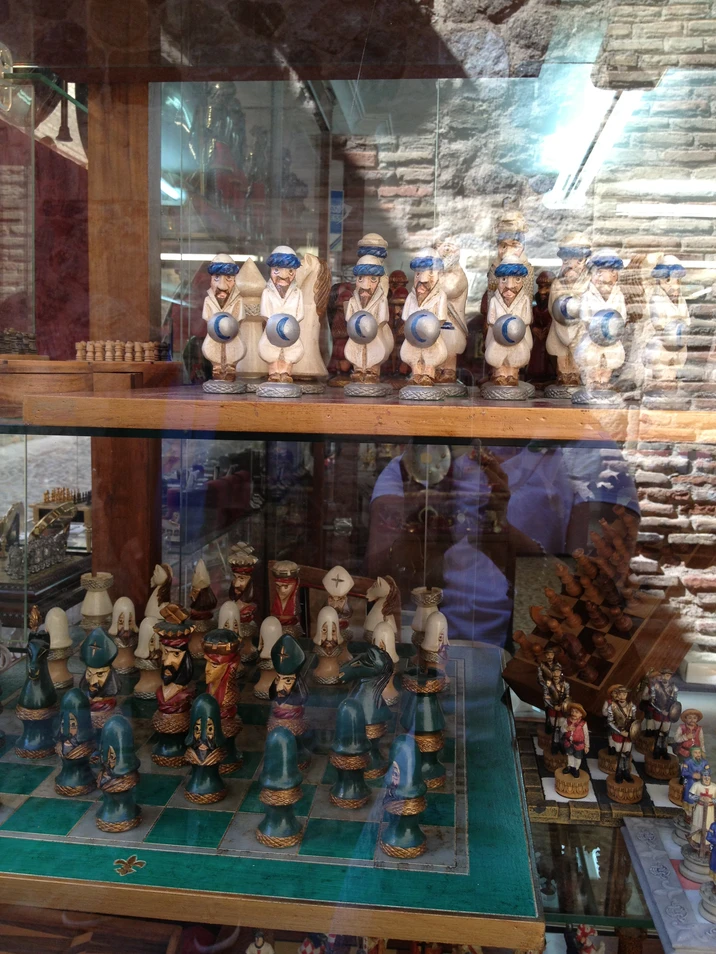
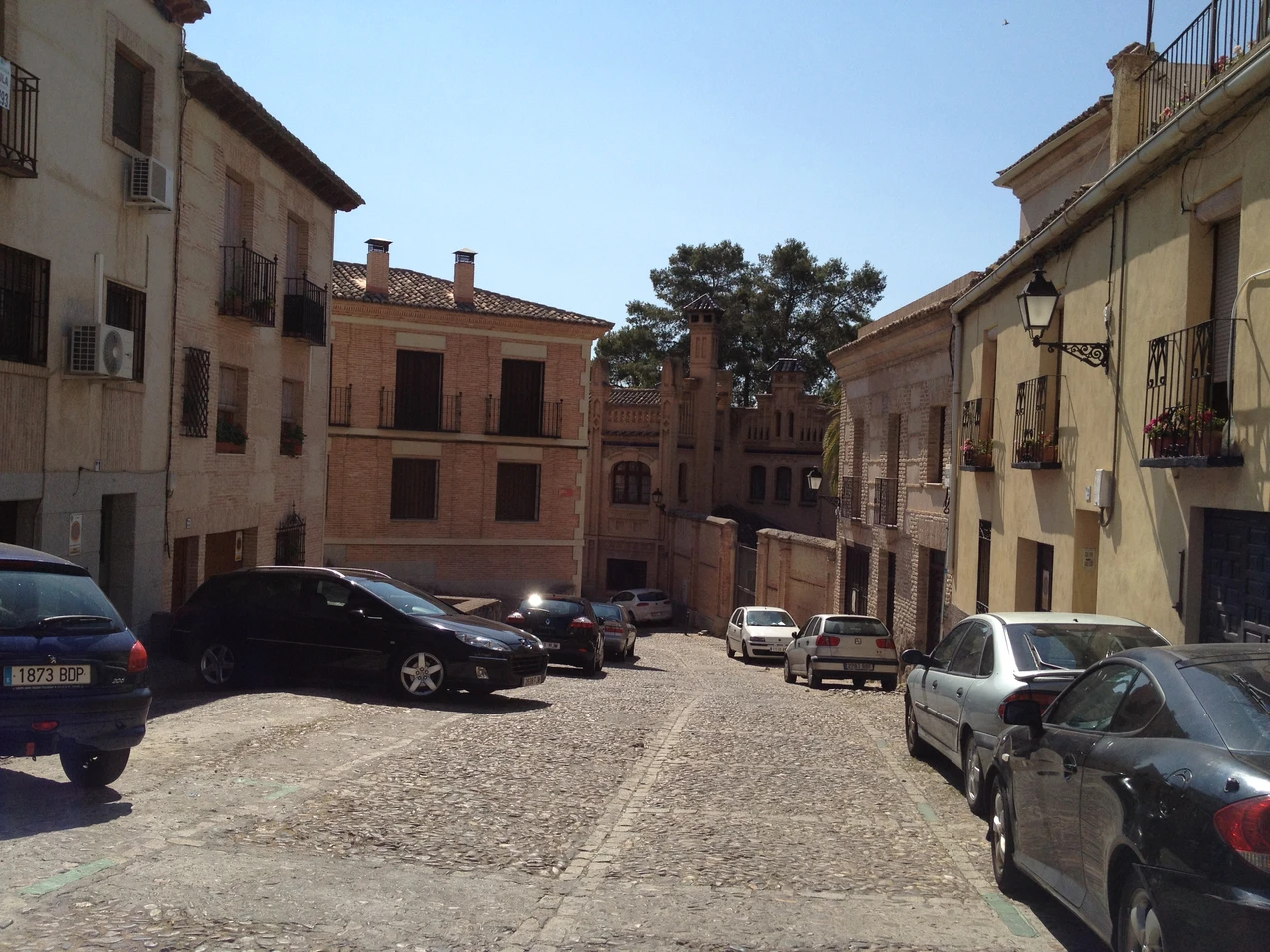
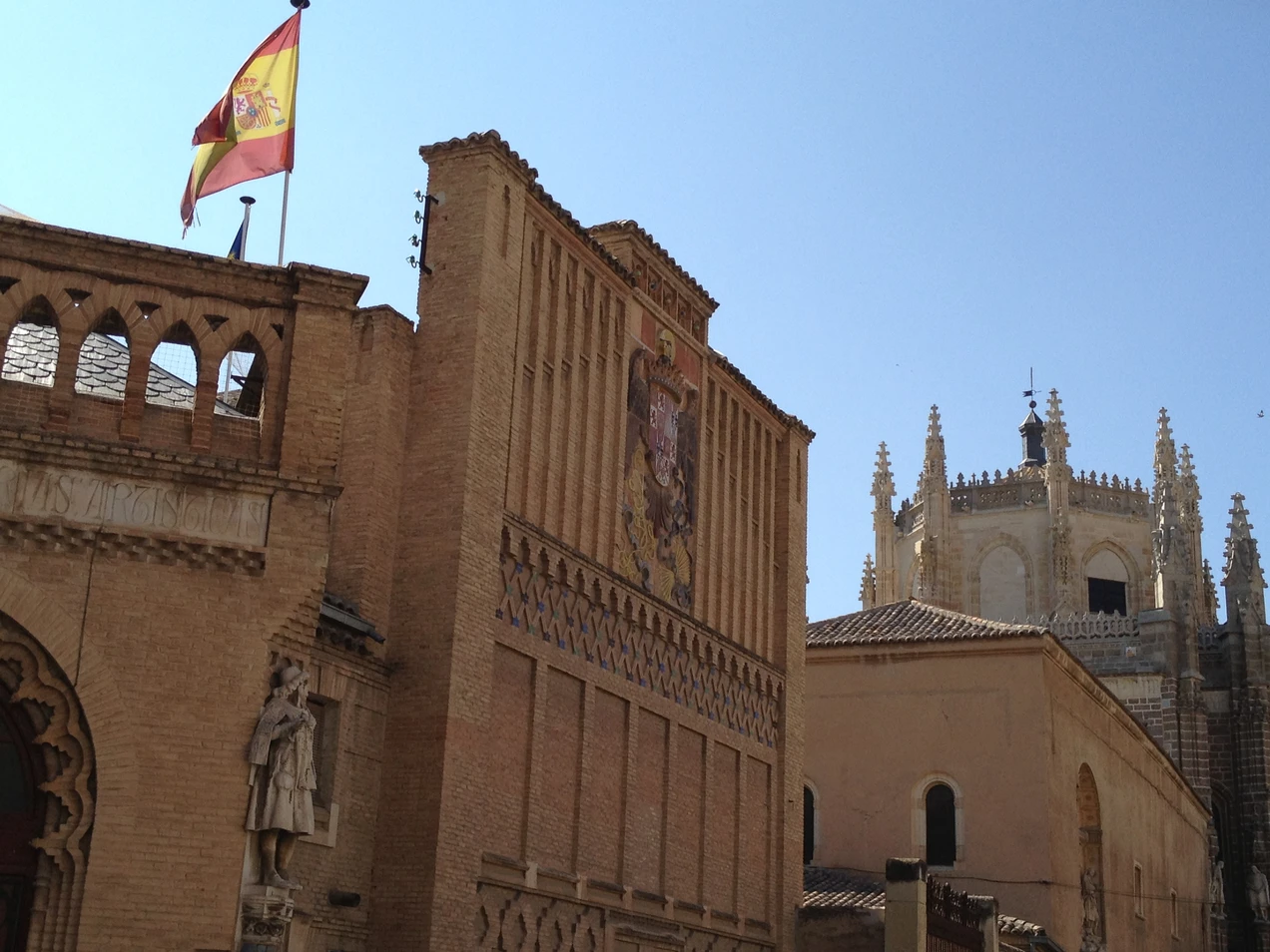
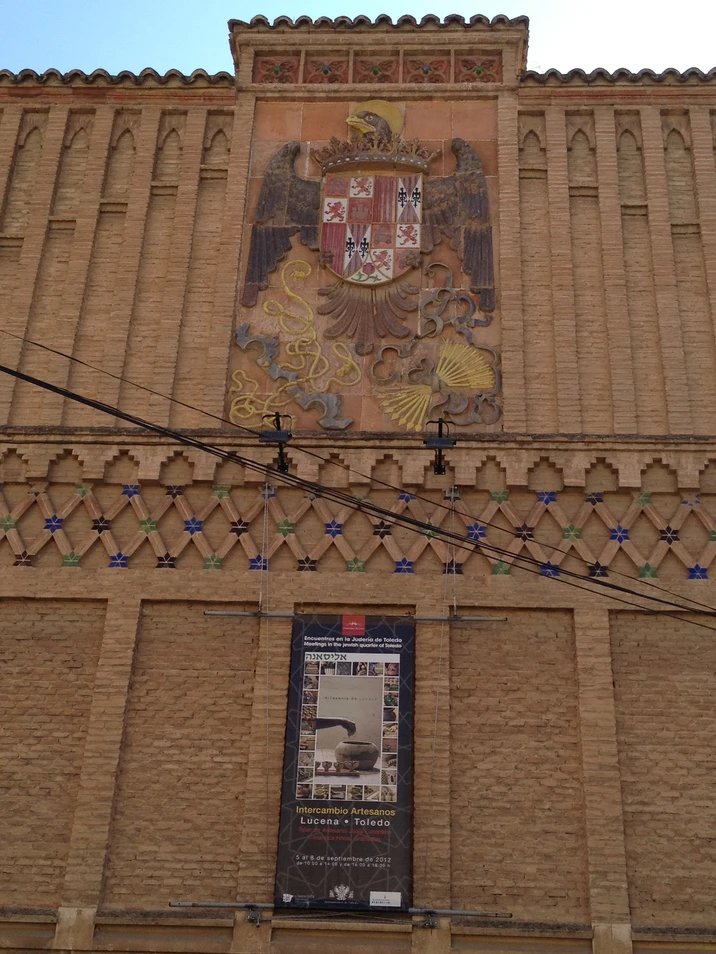


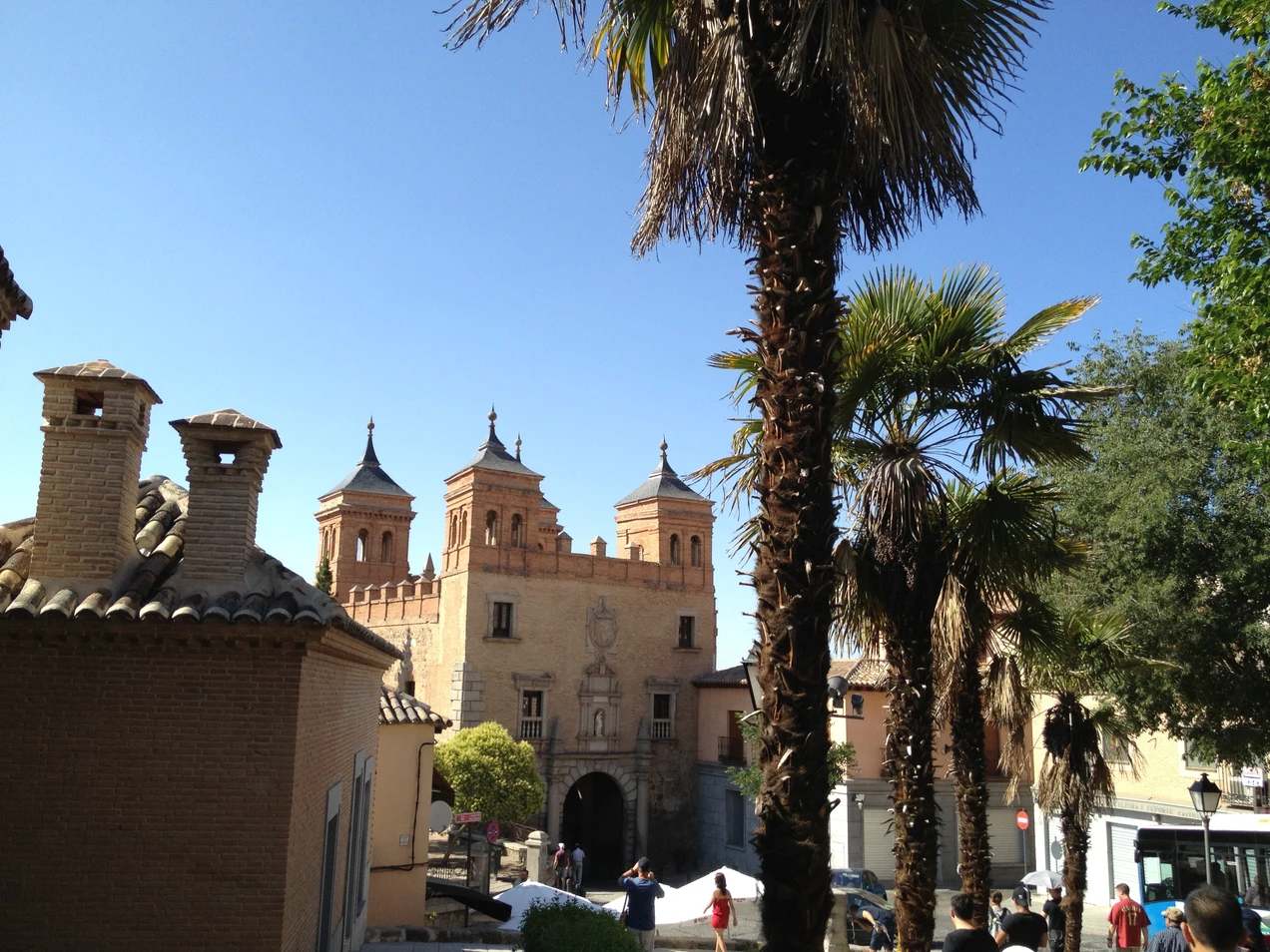
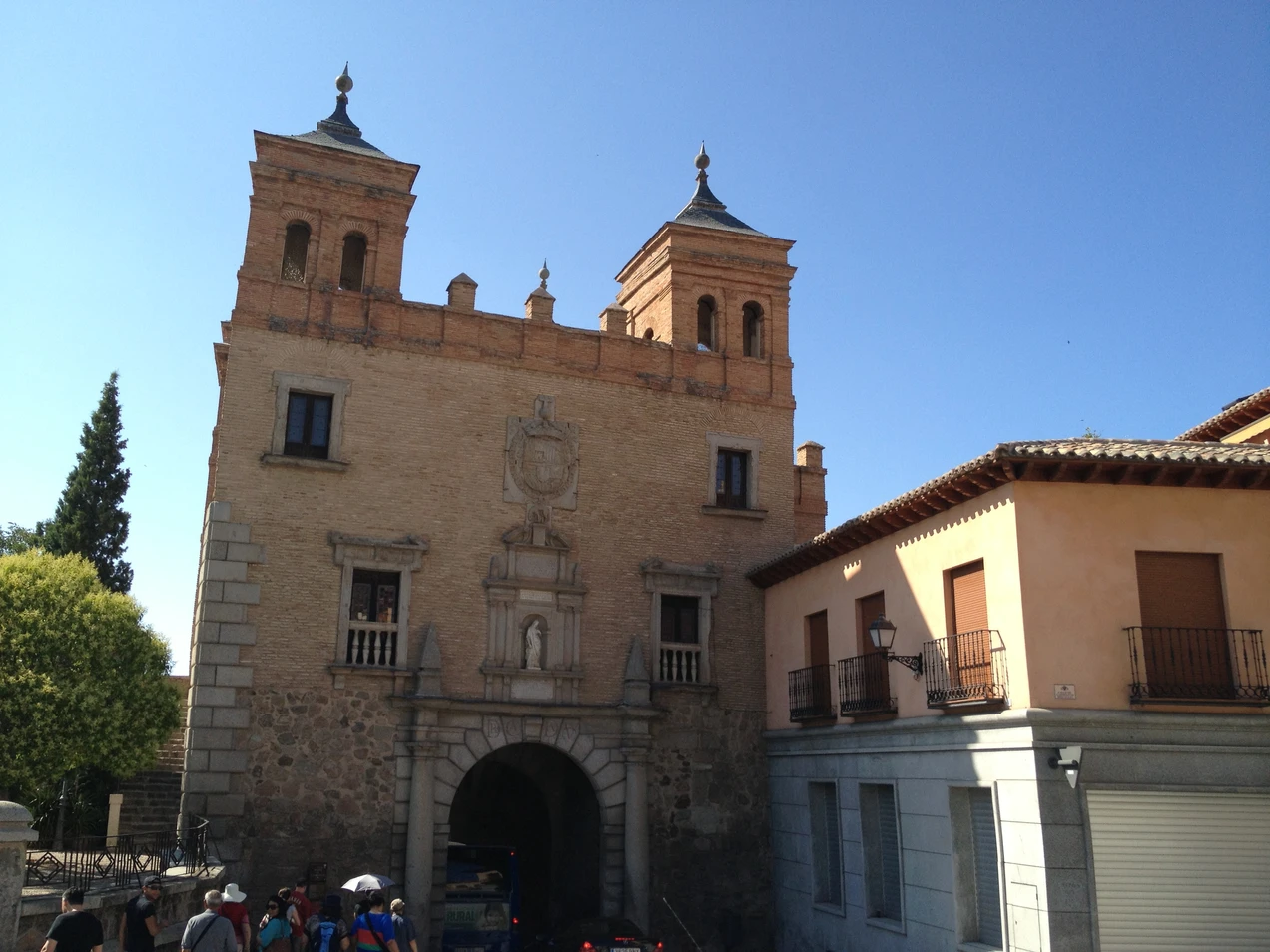
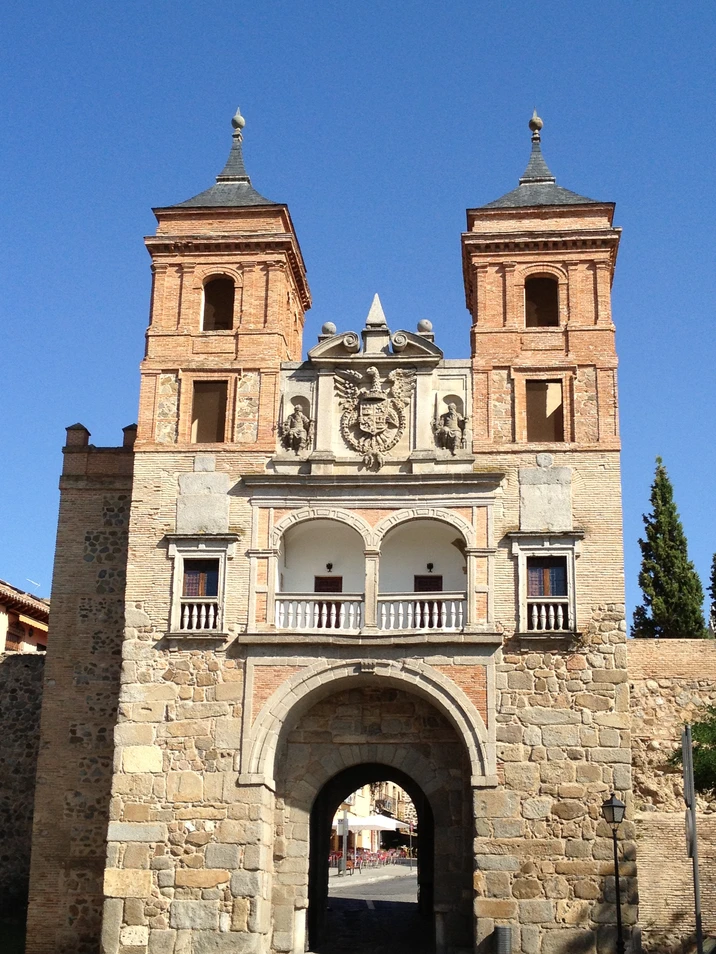
Comments